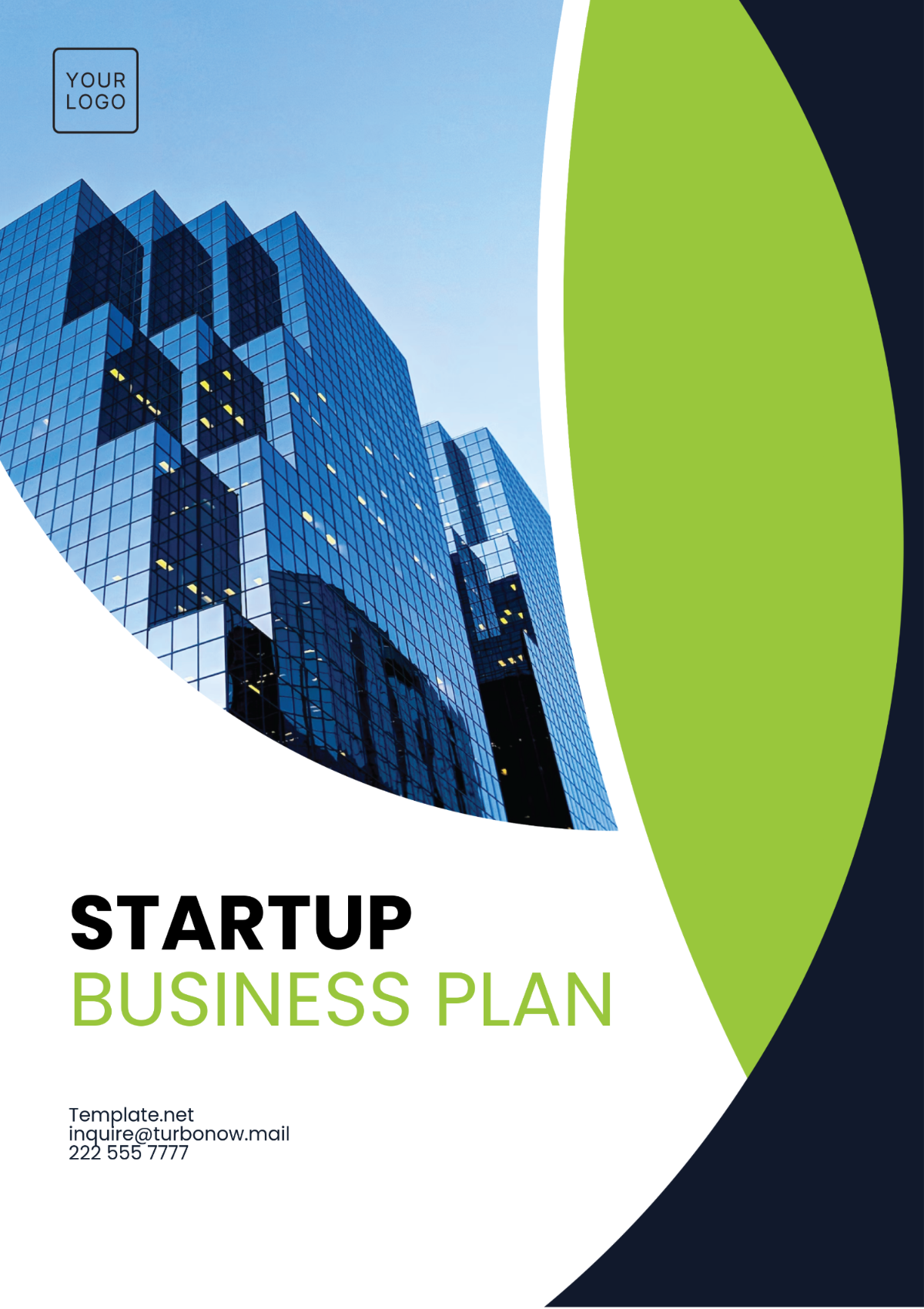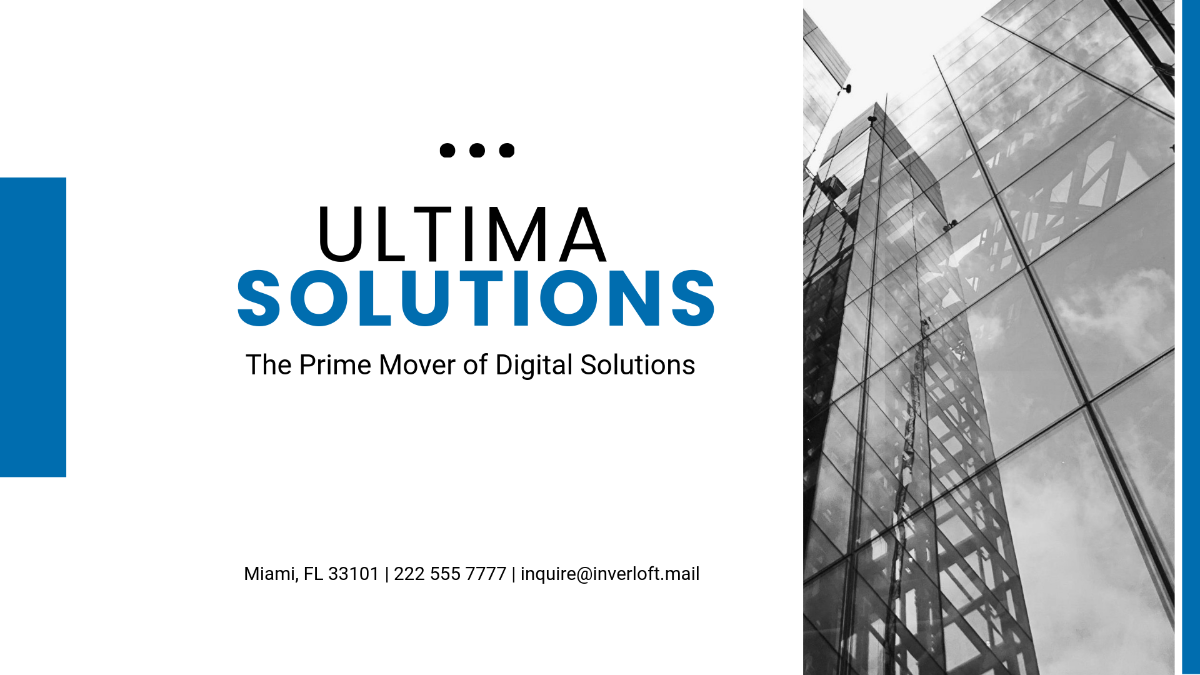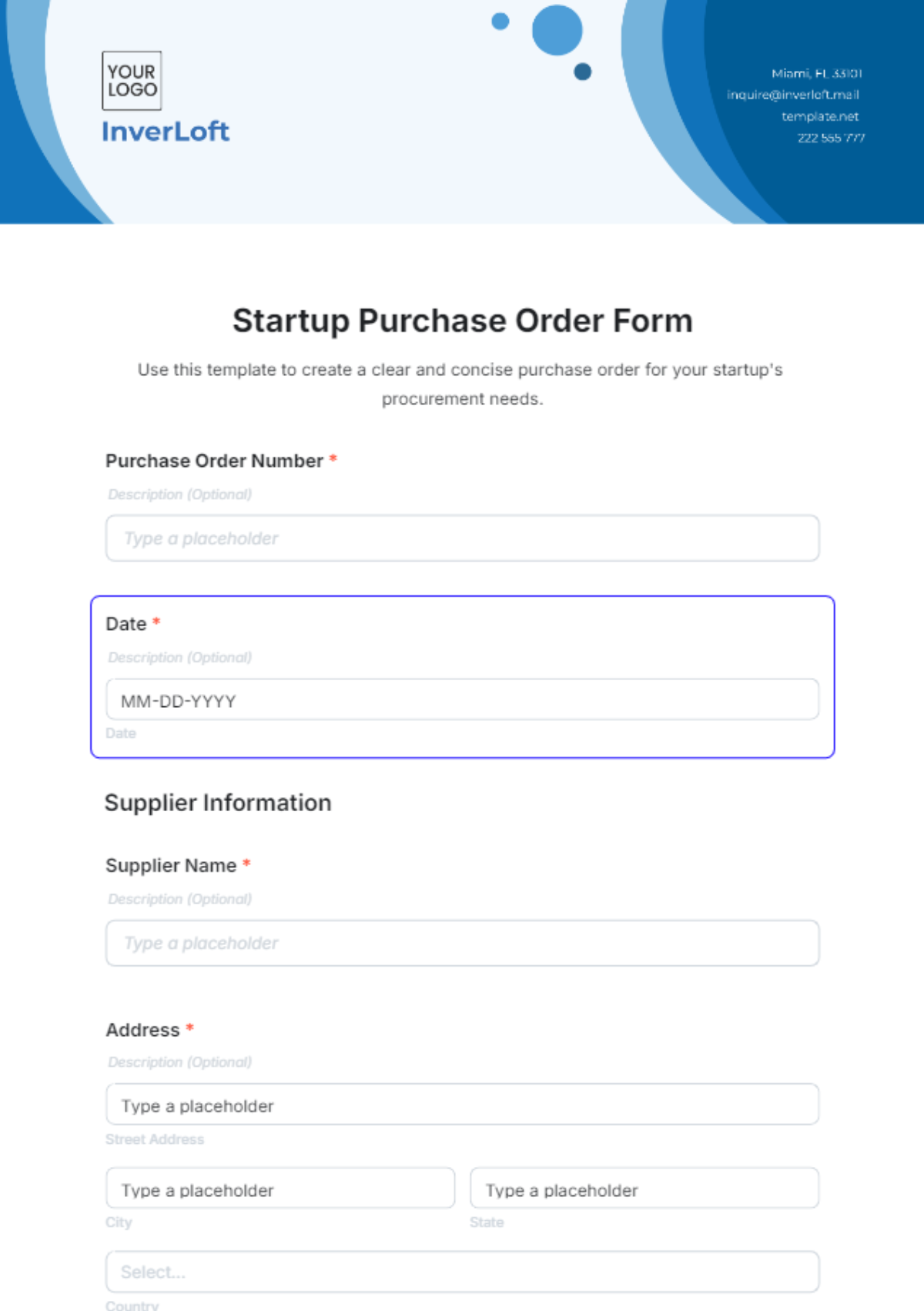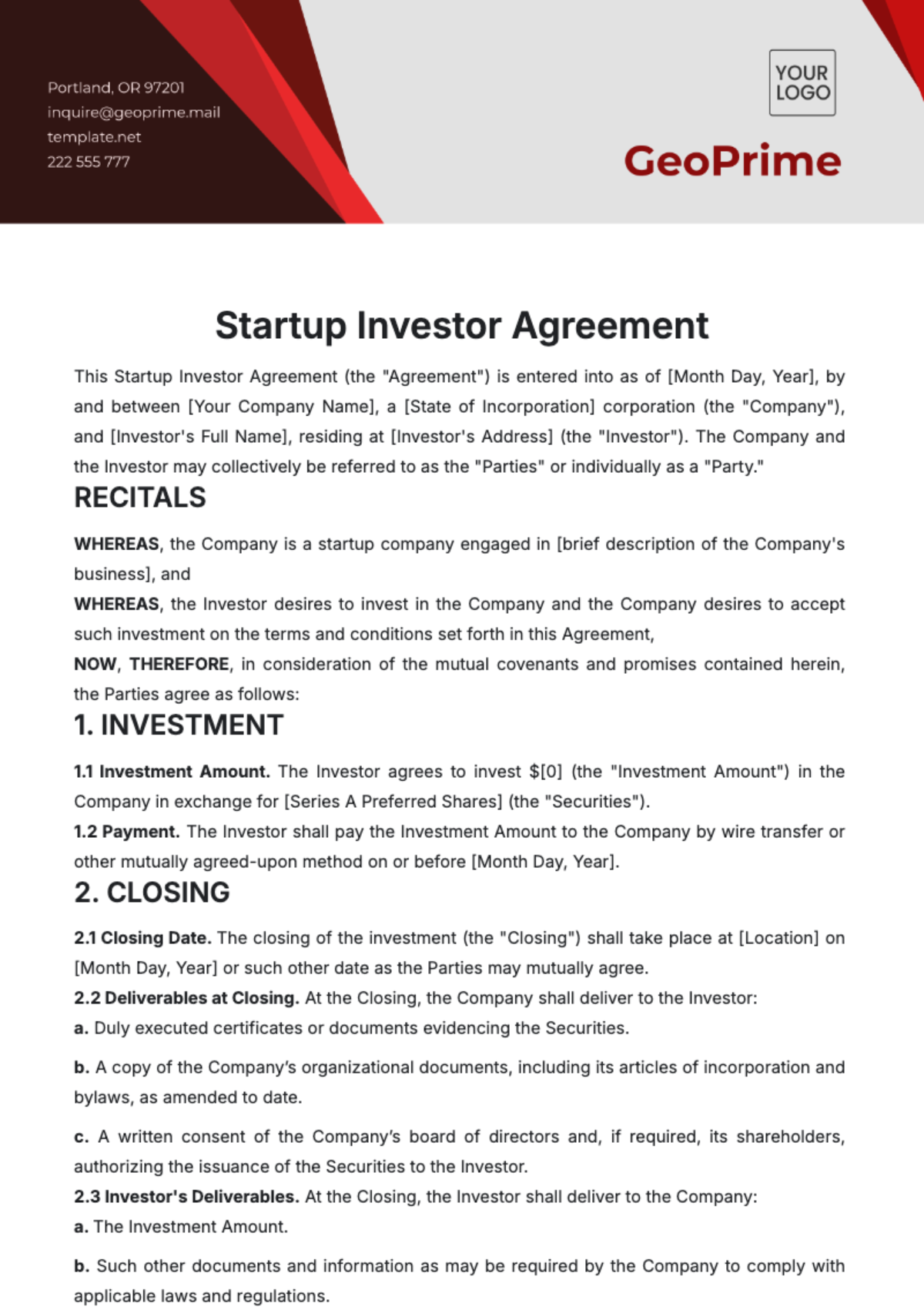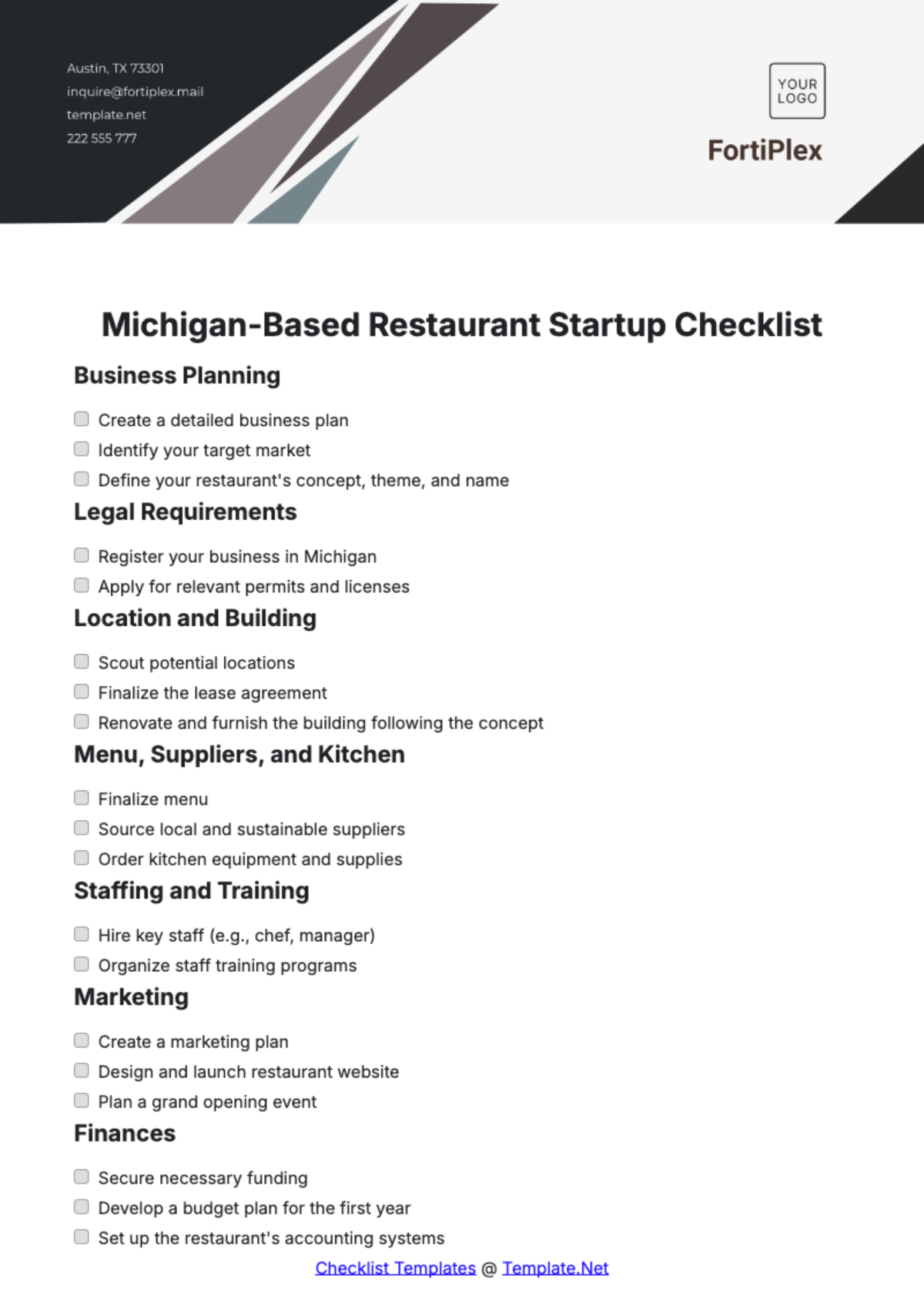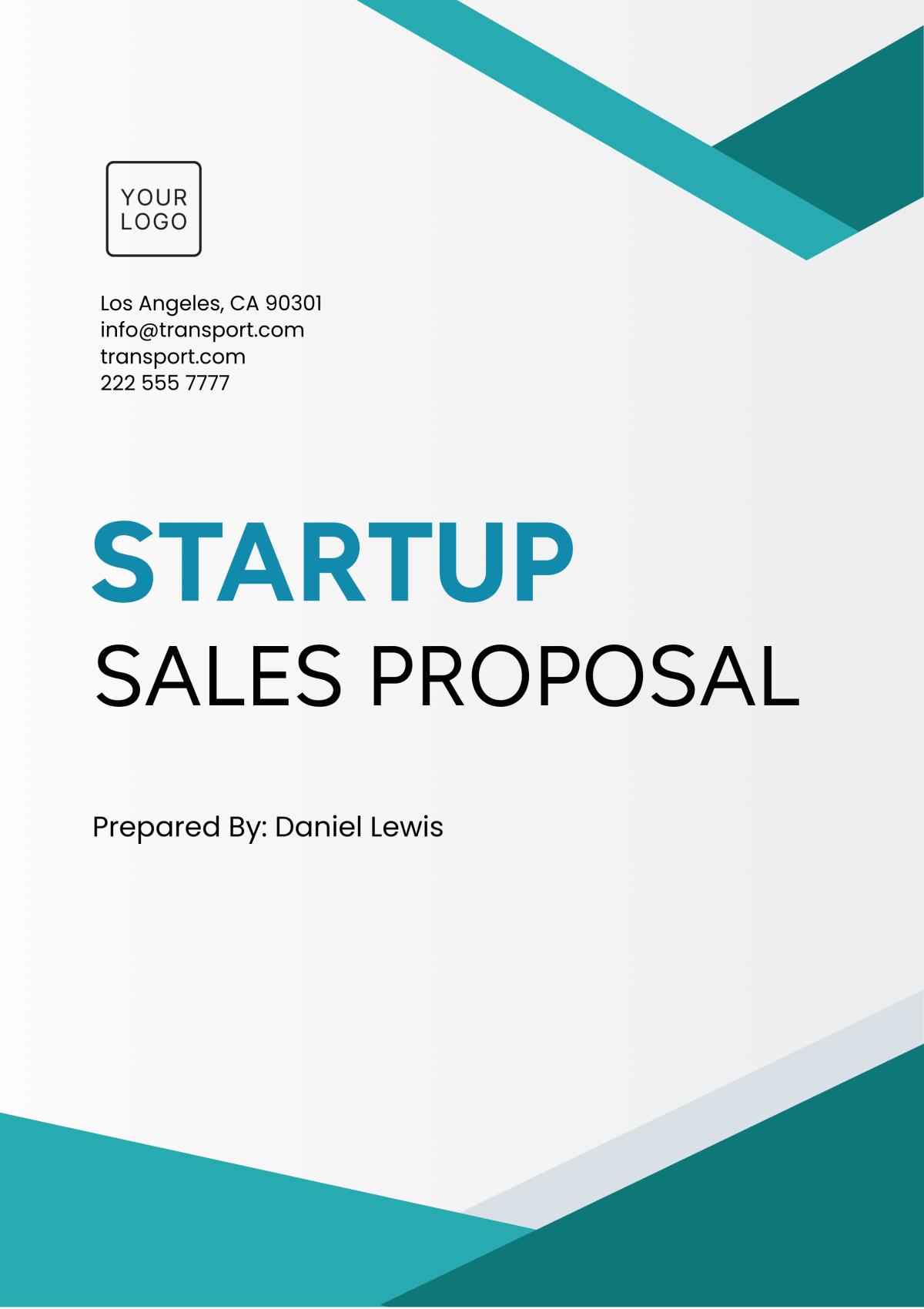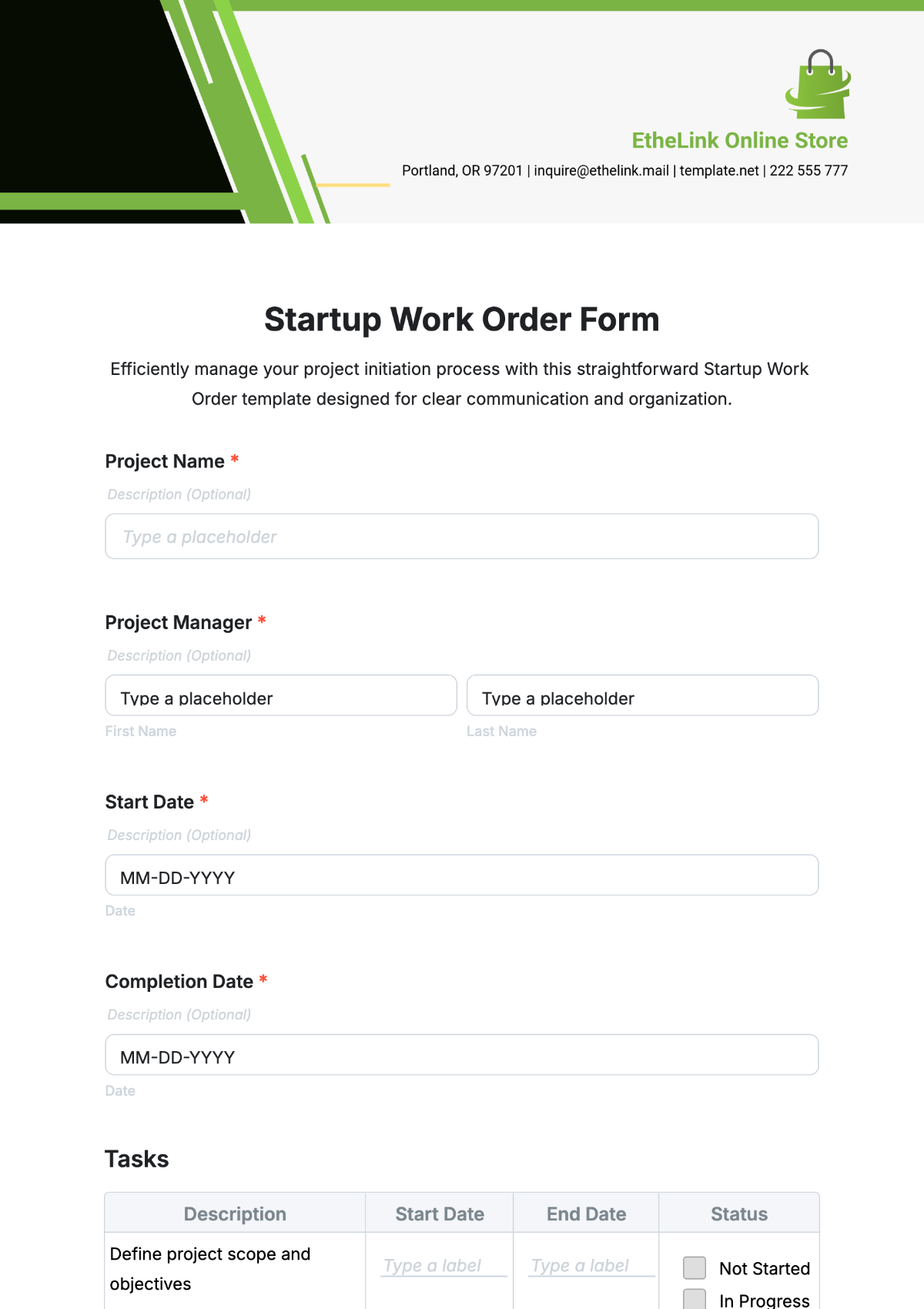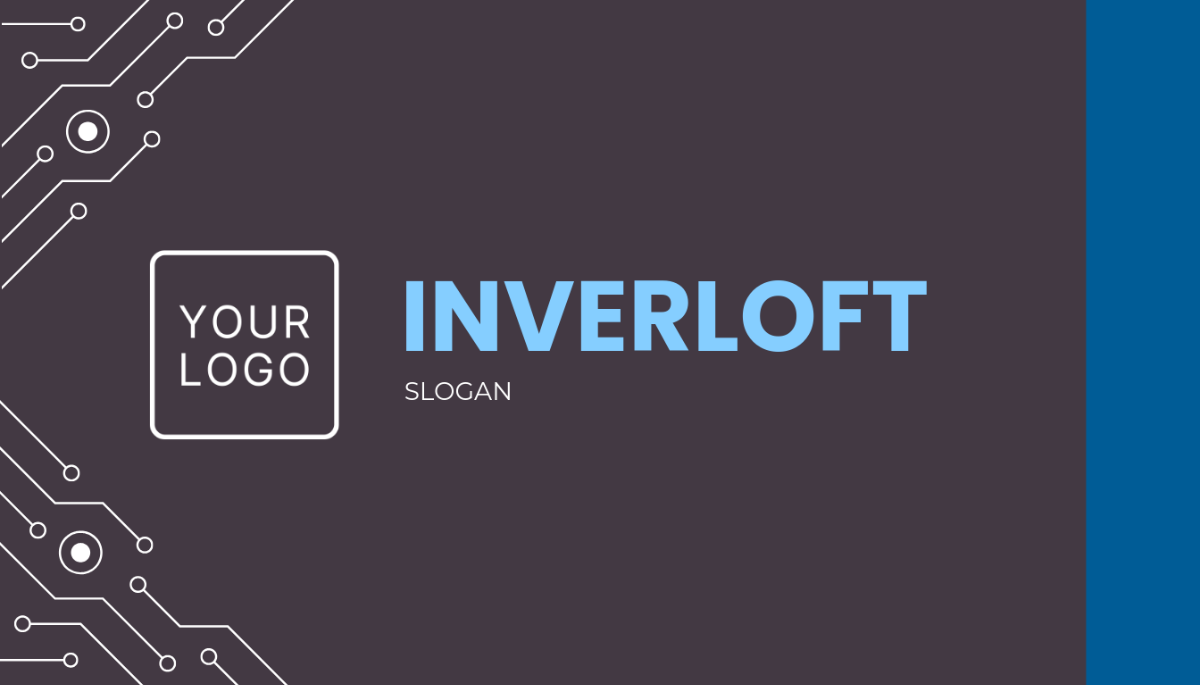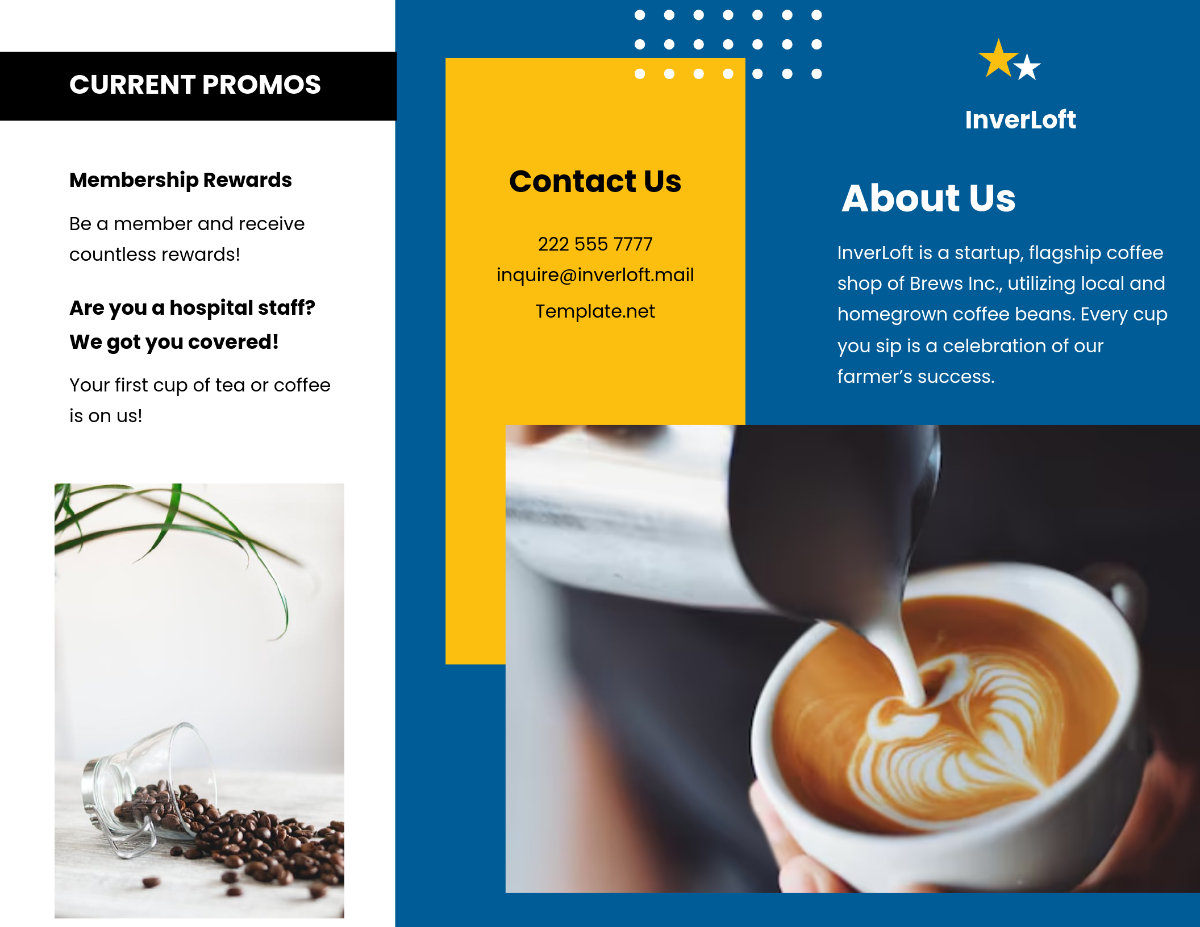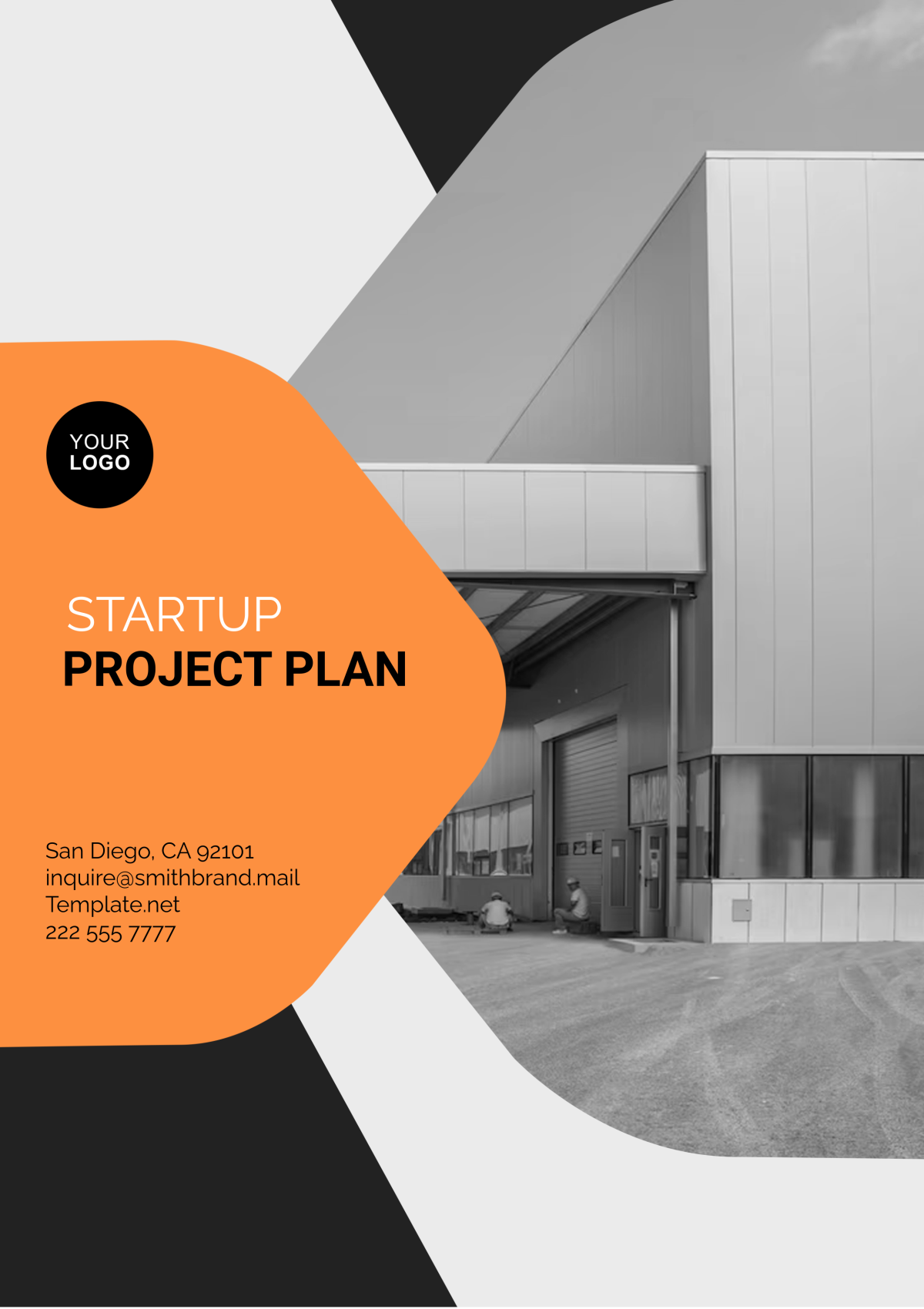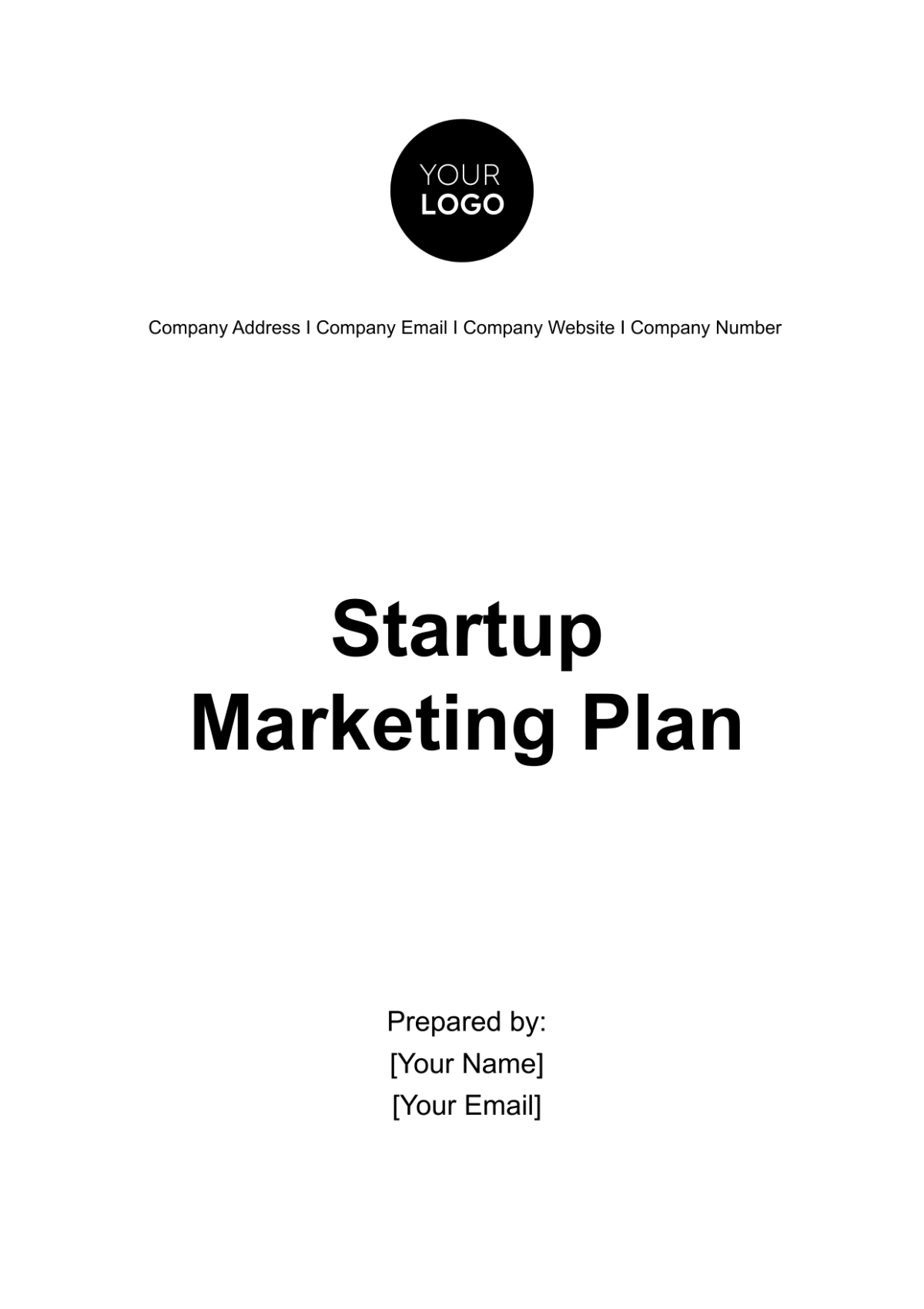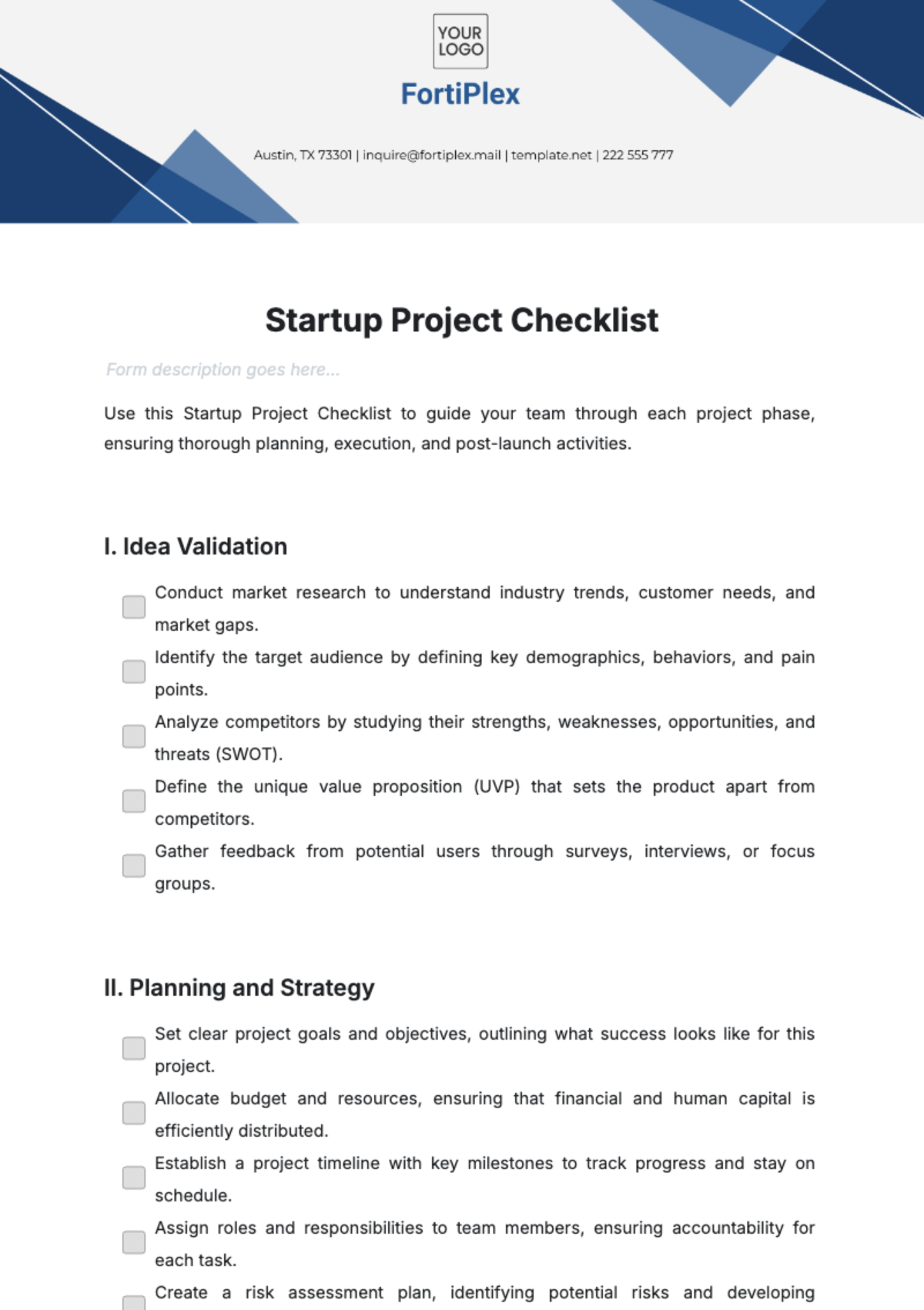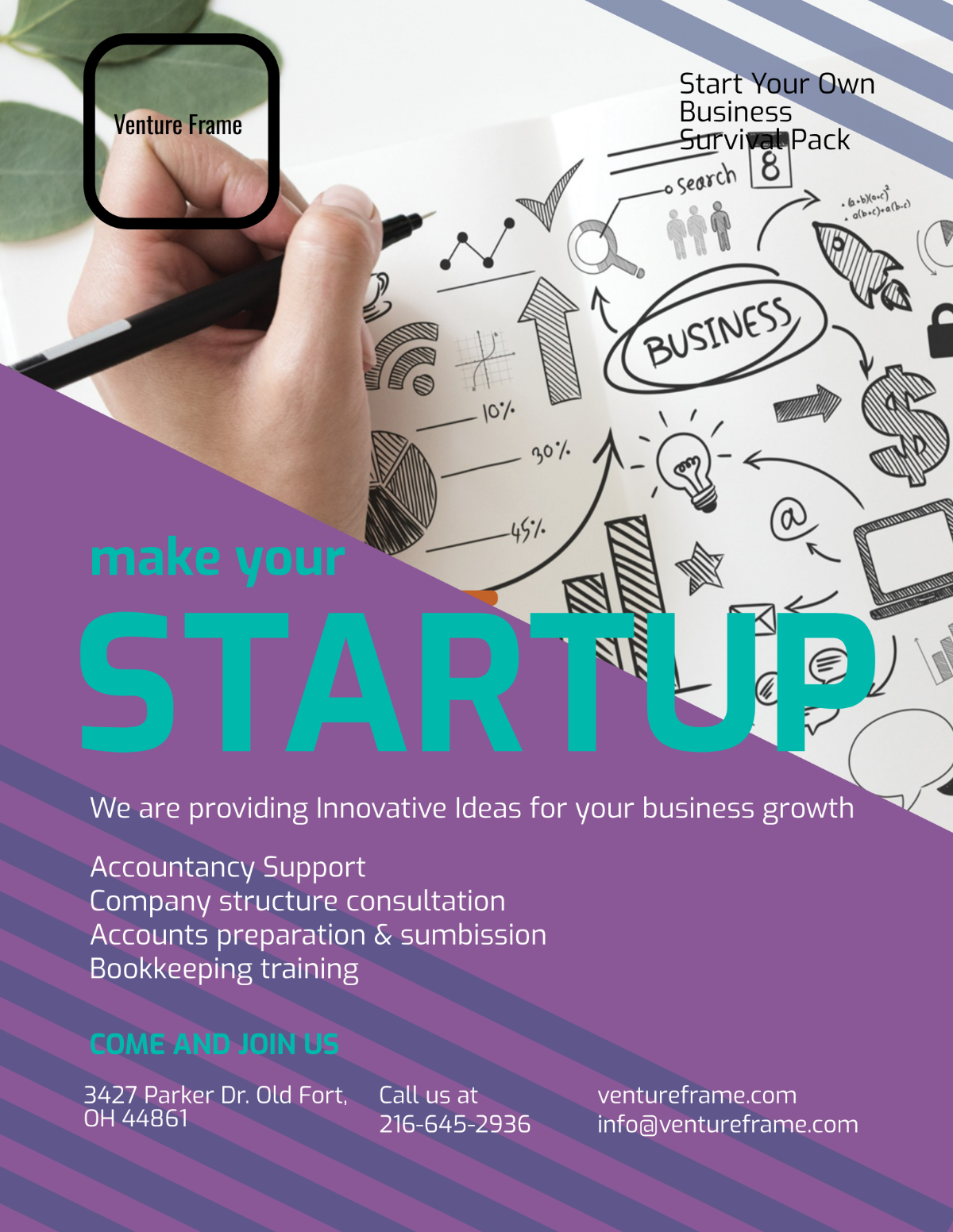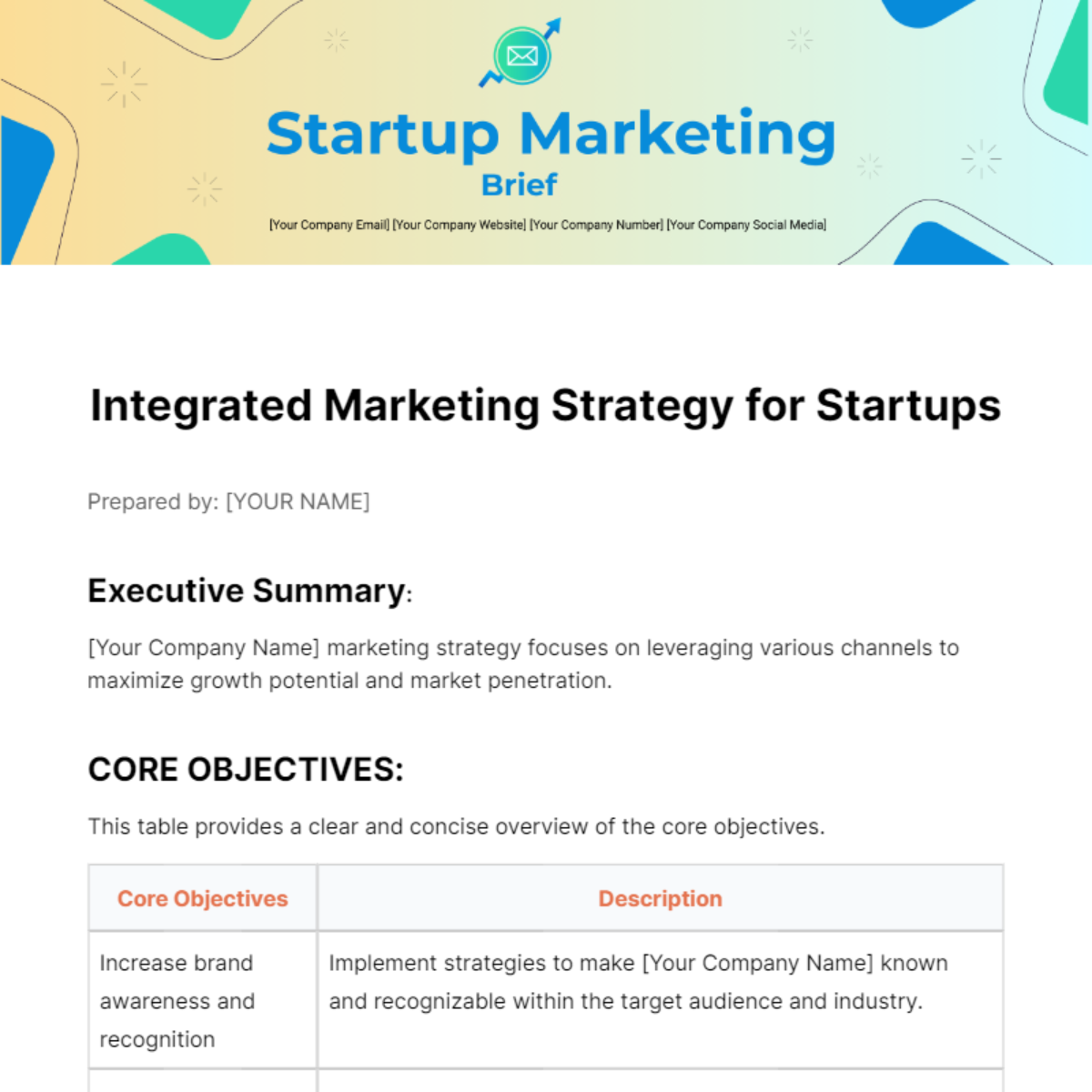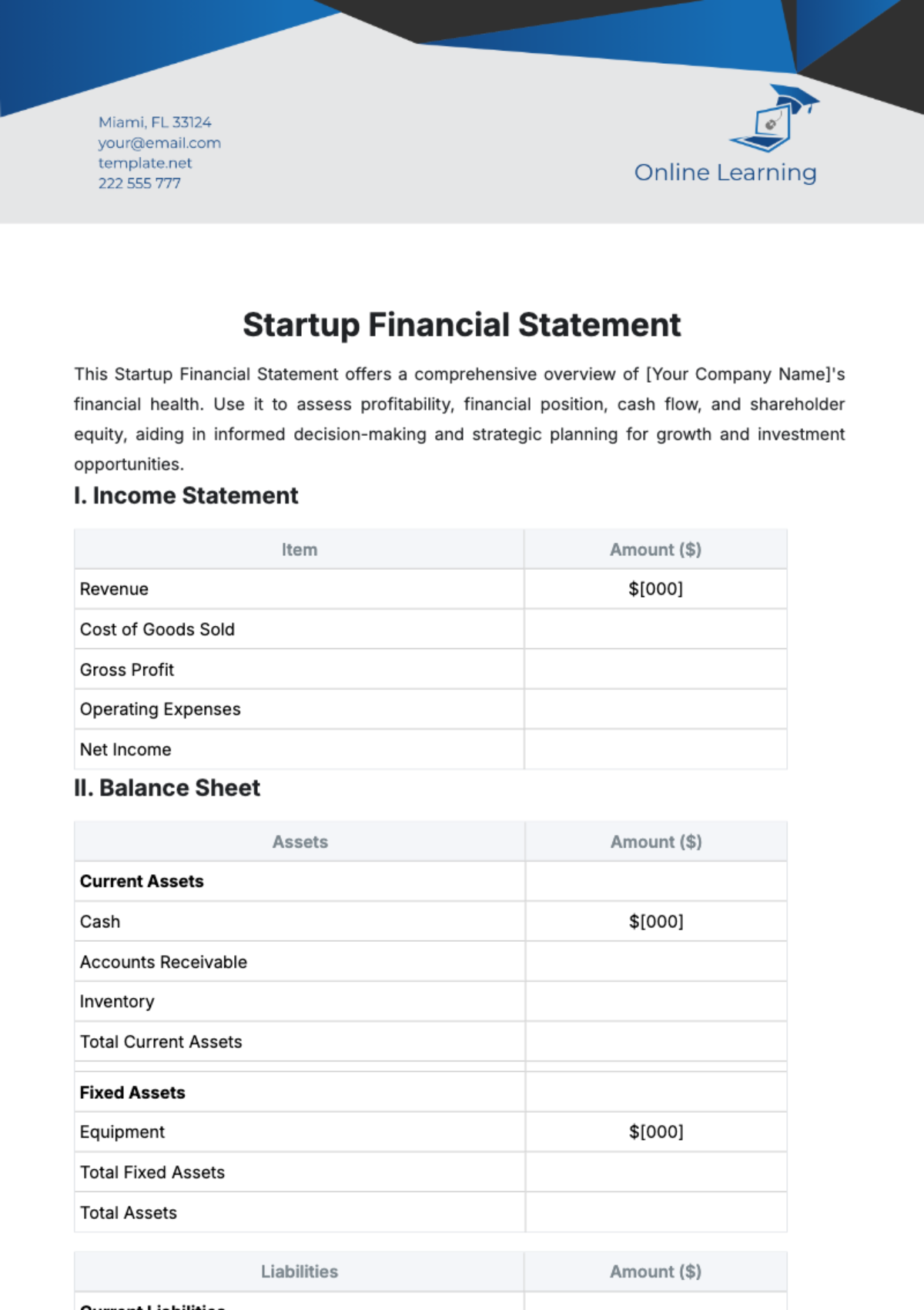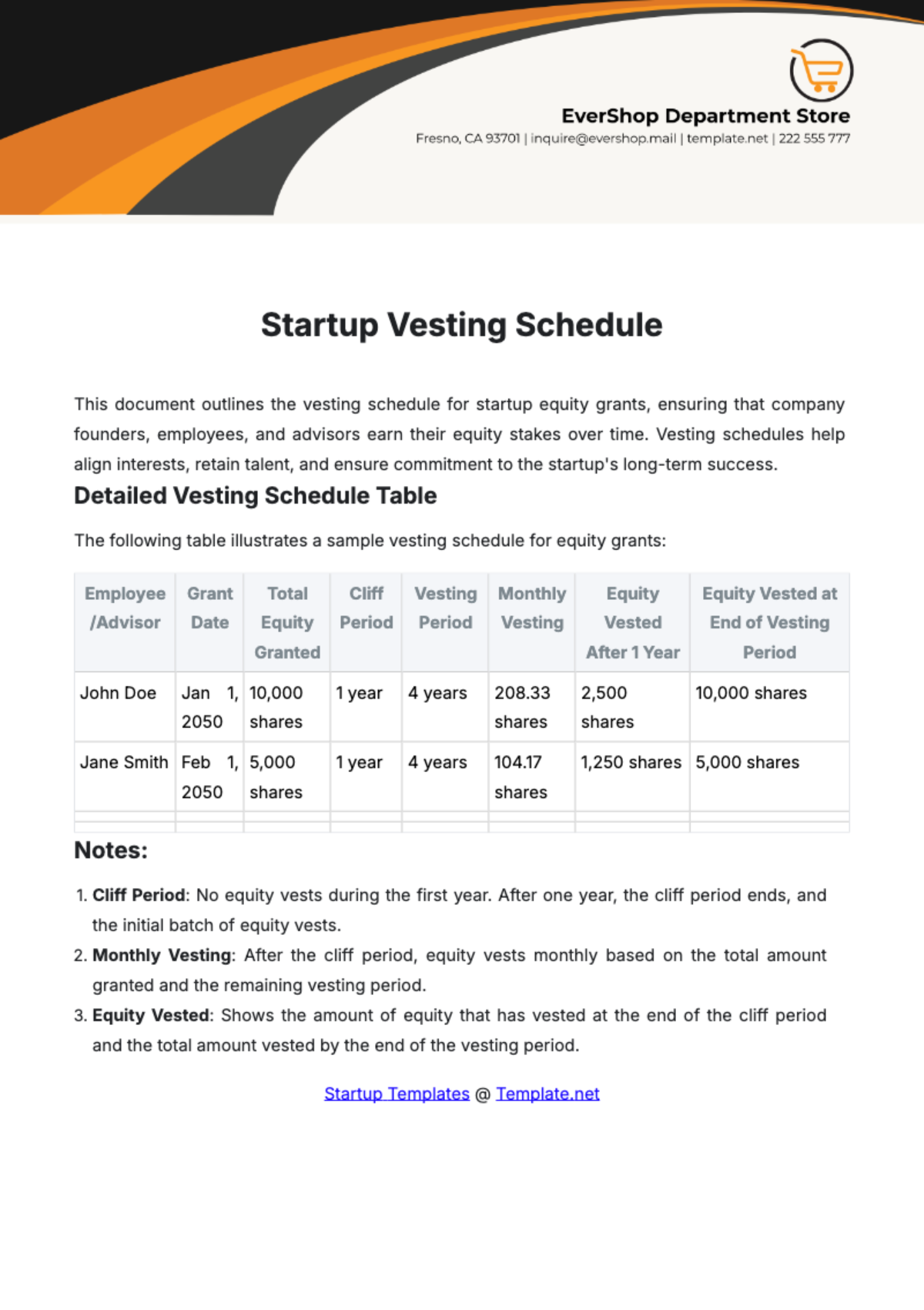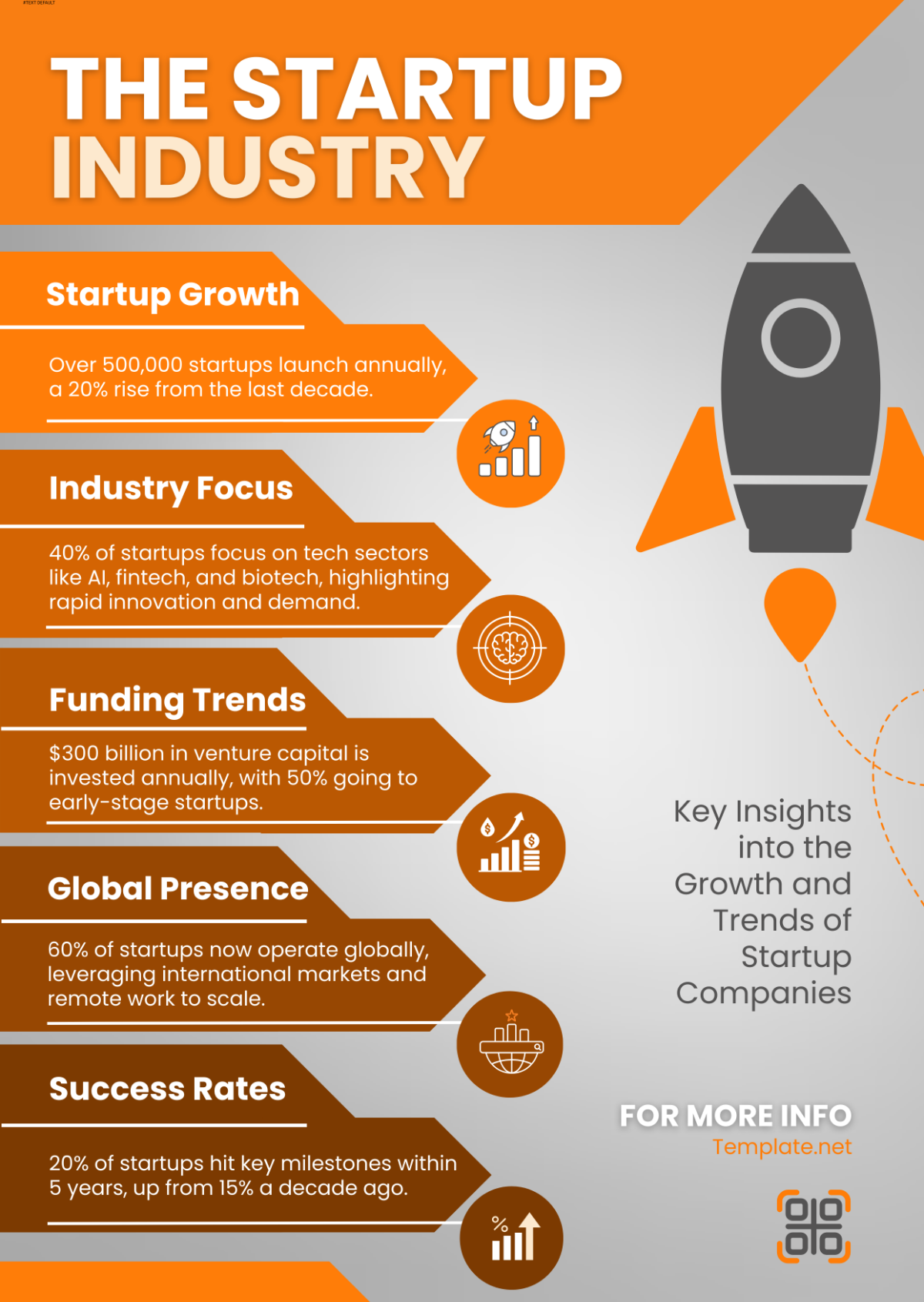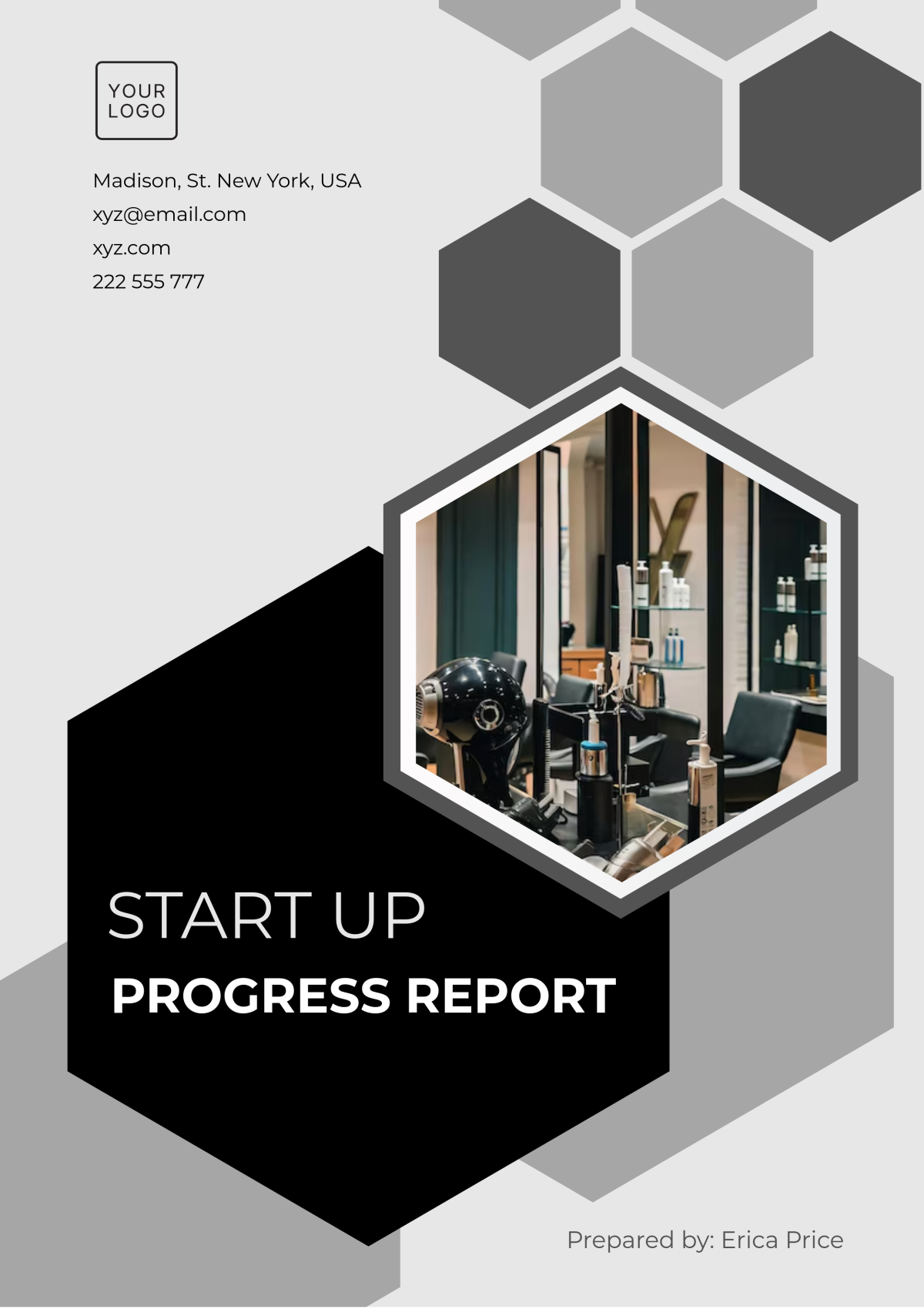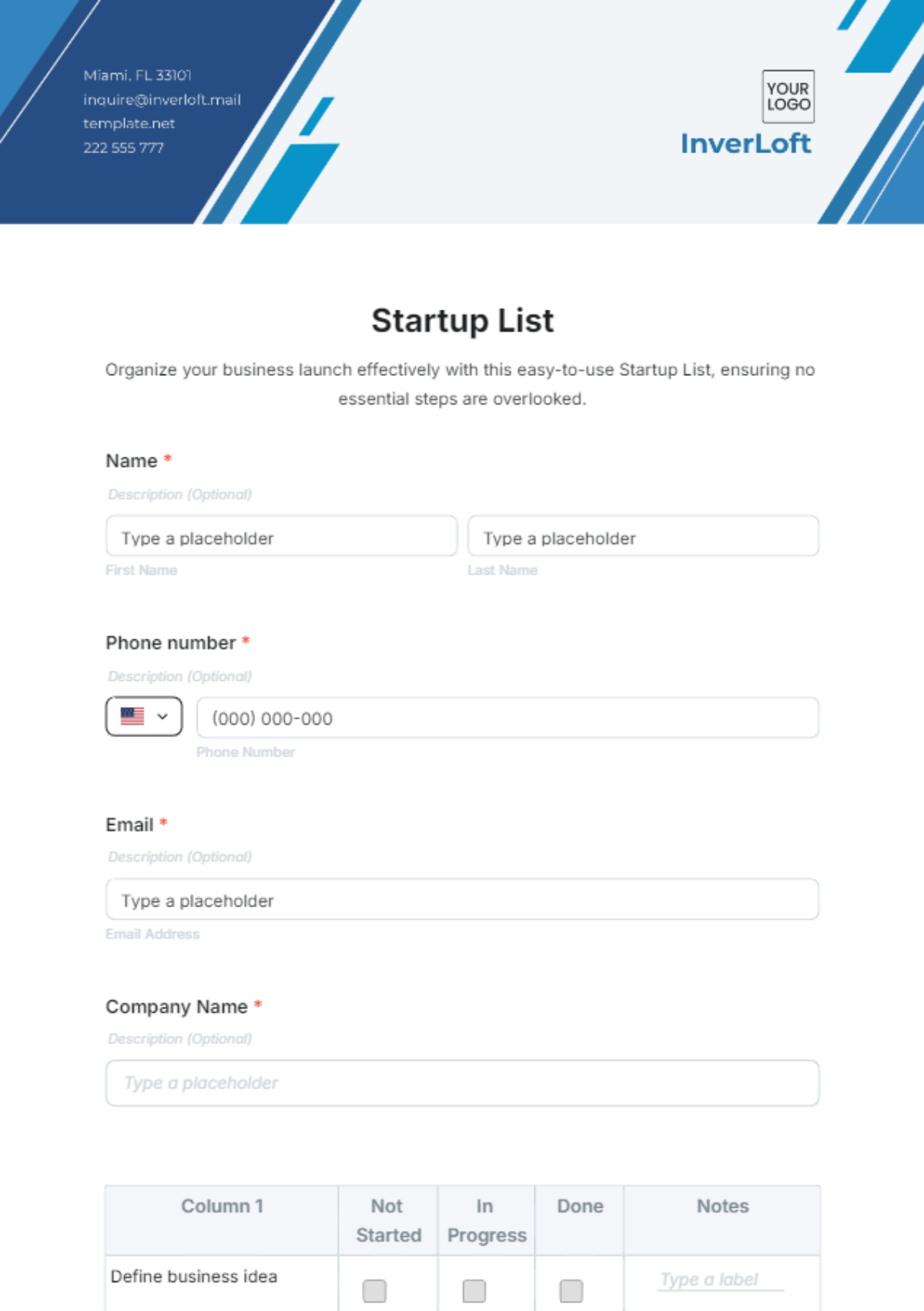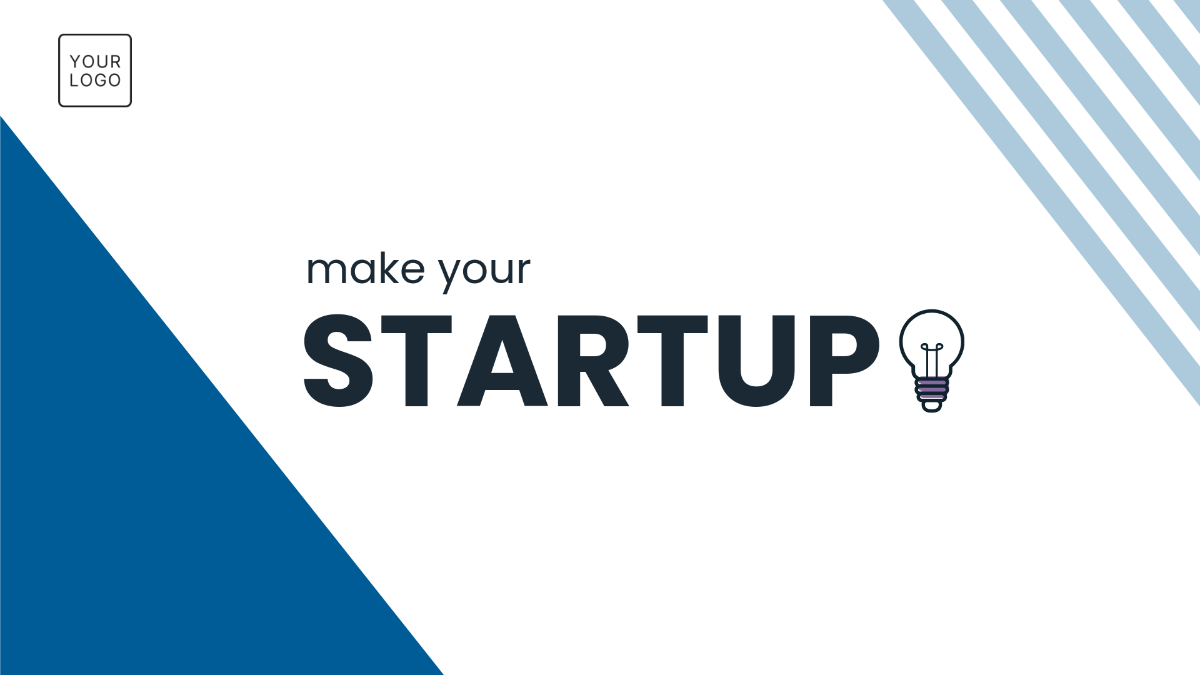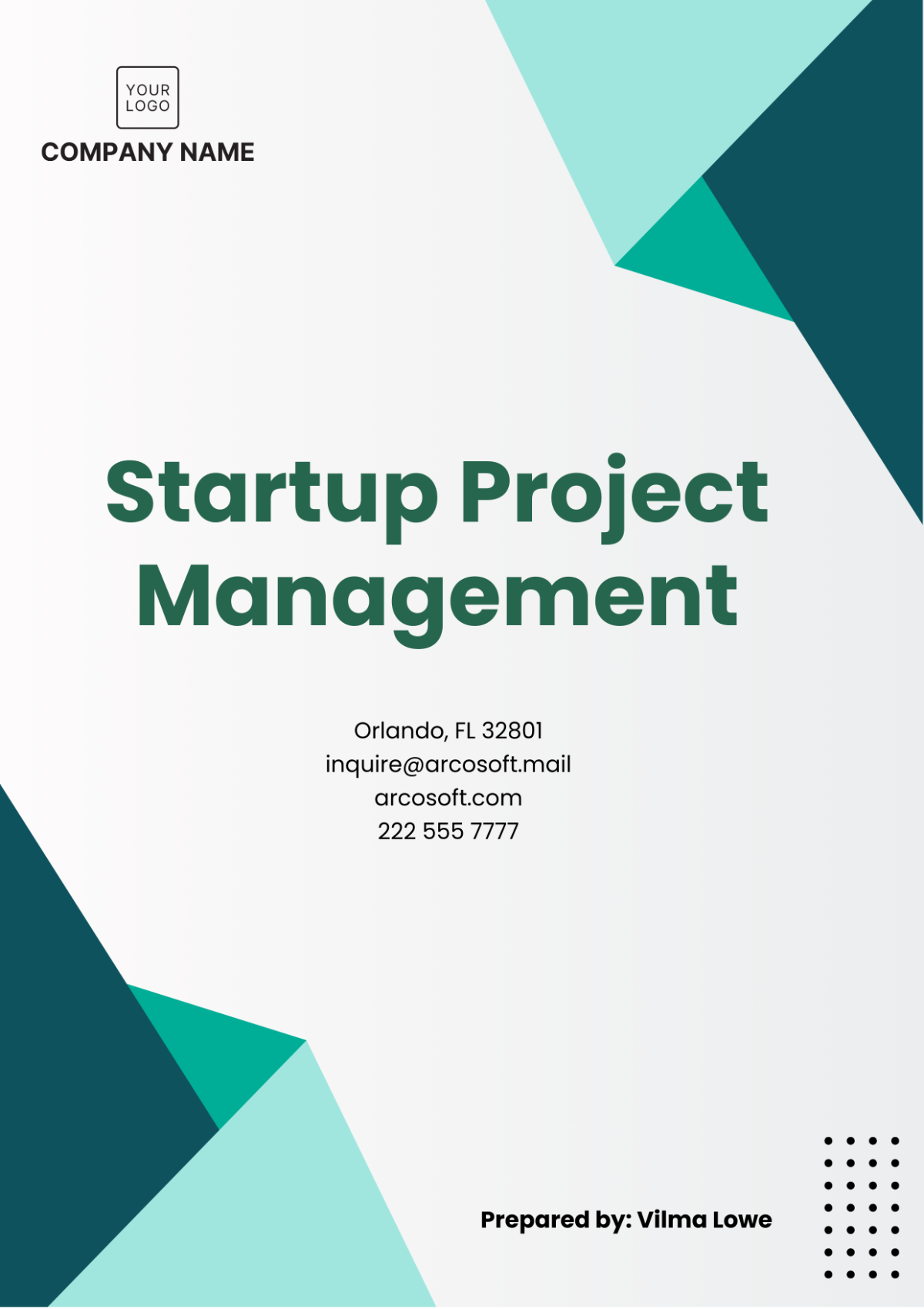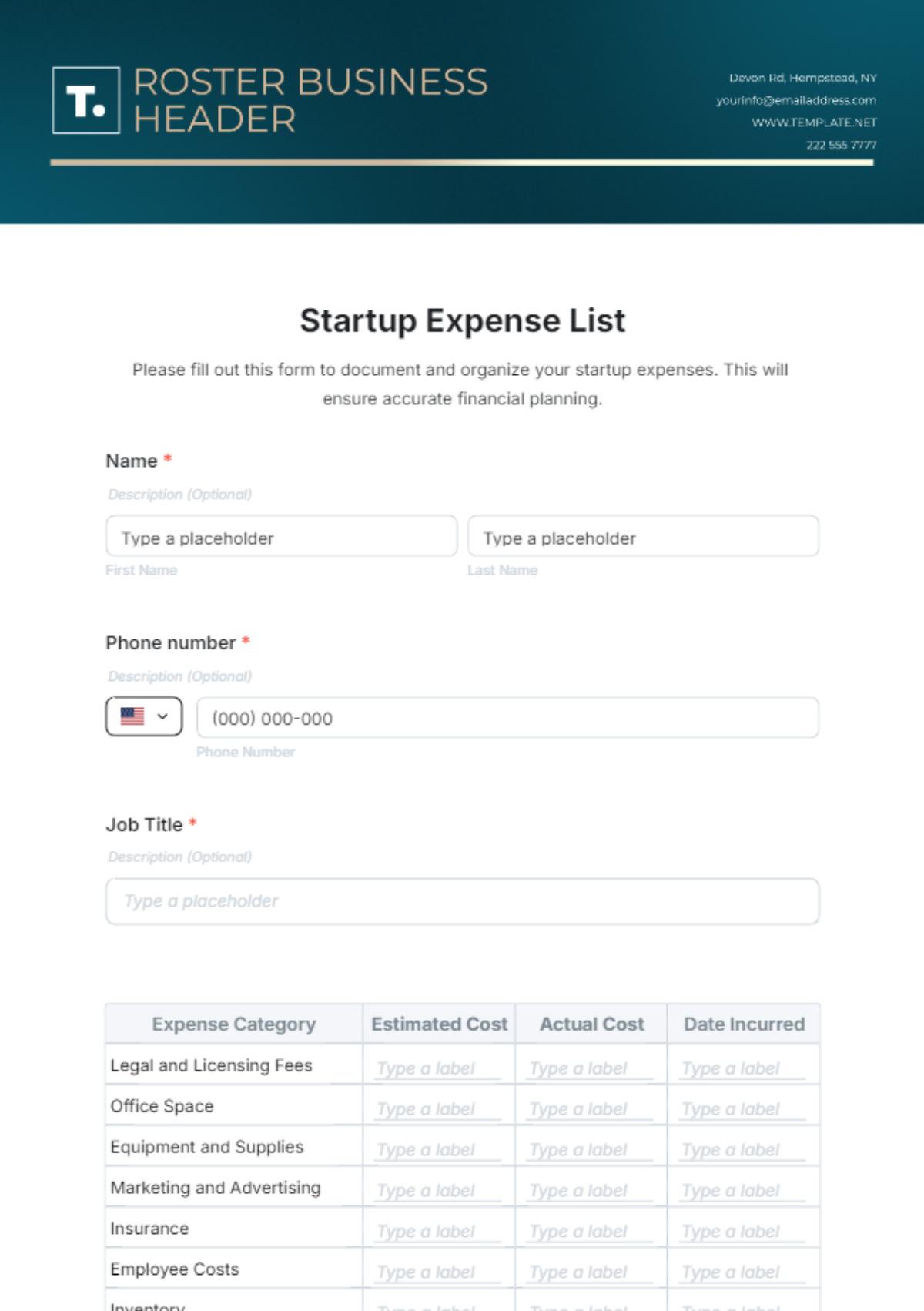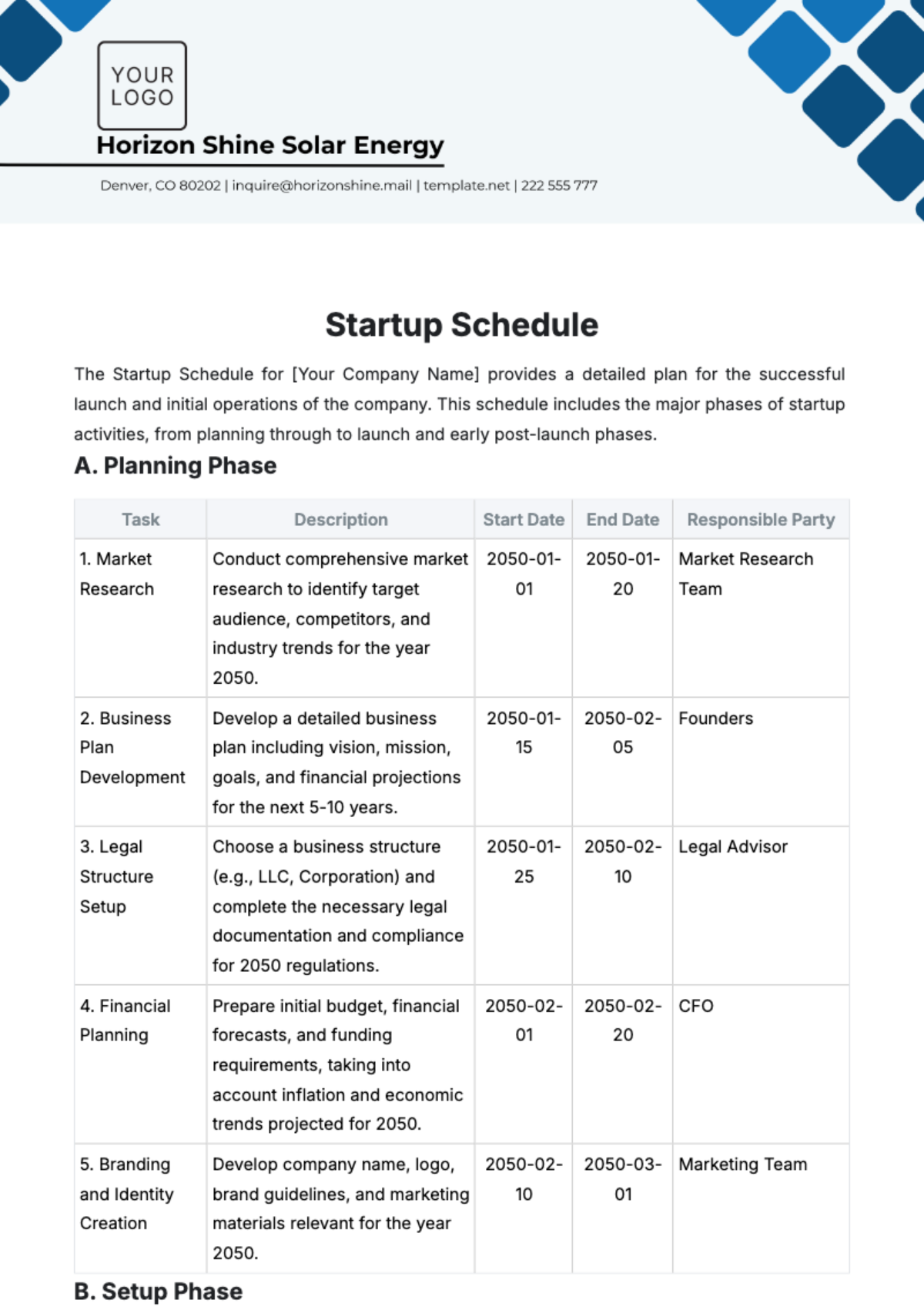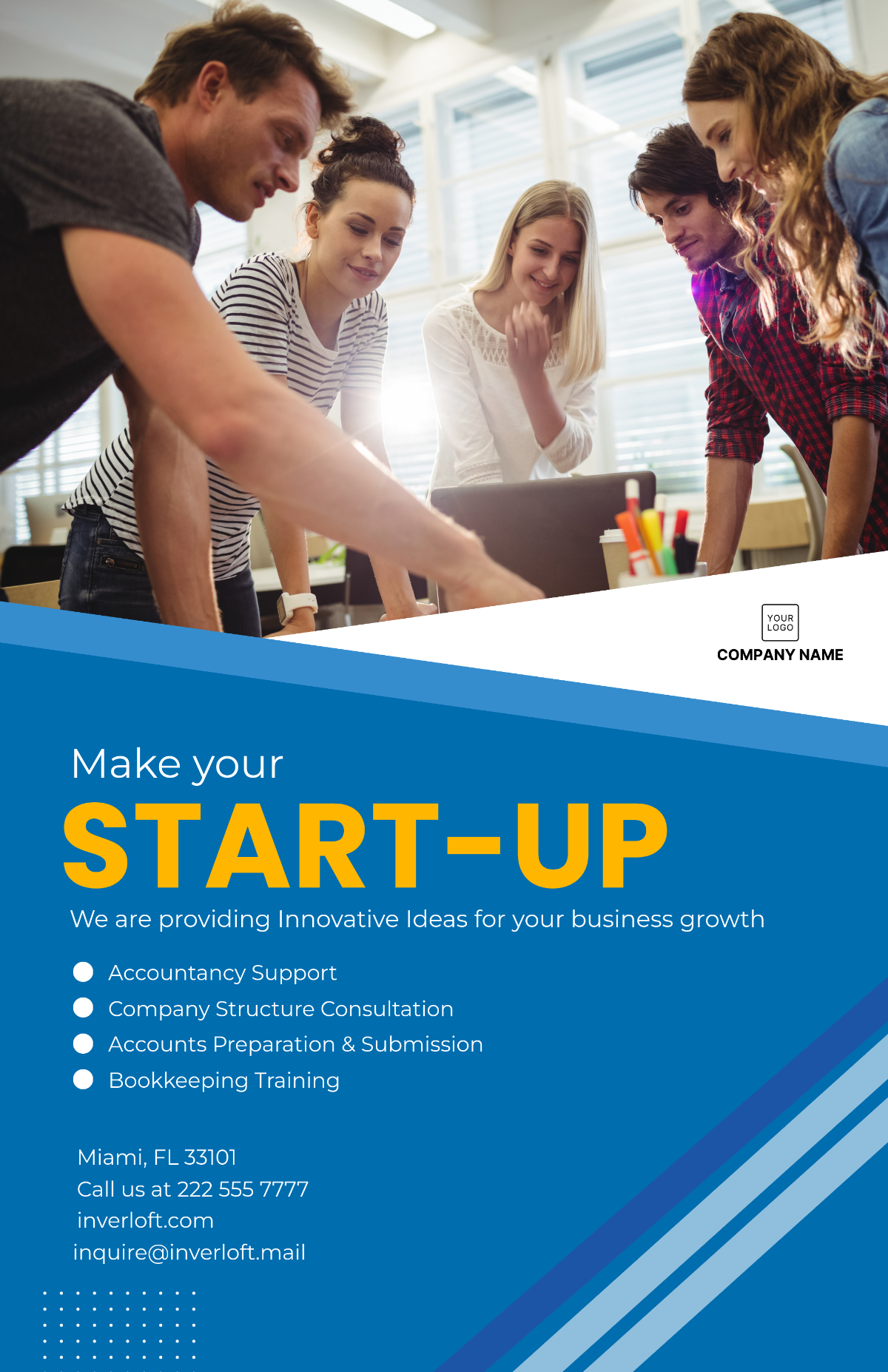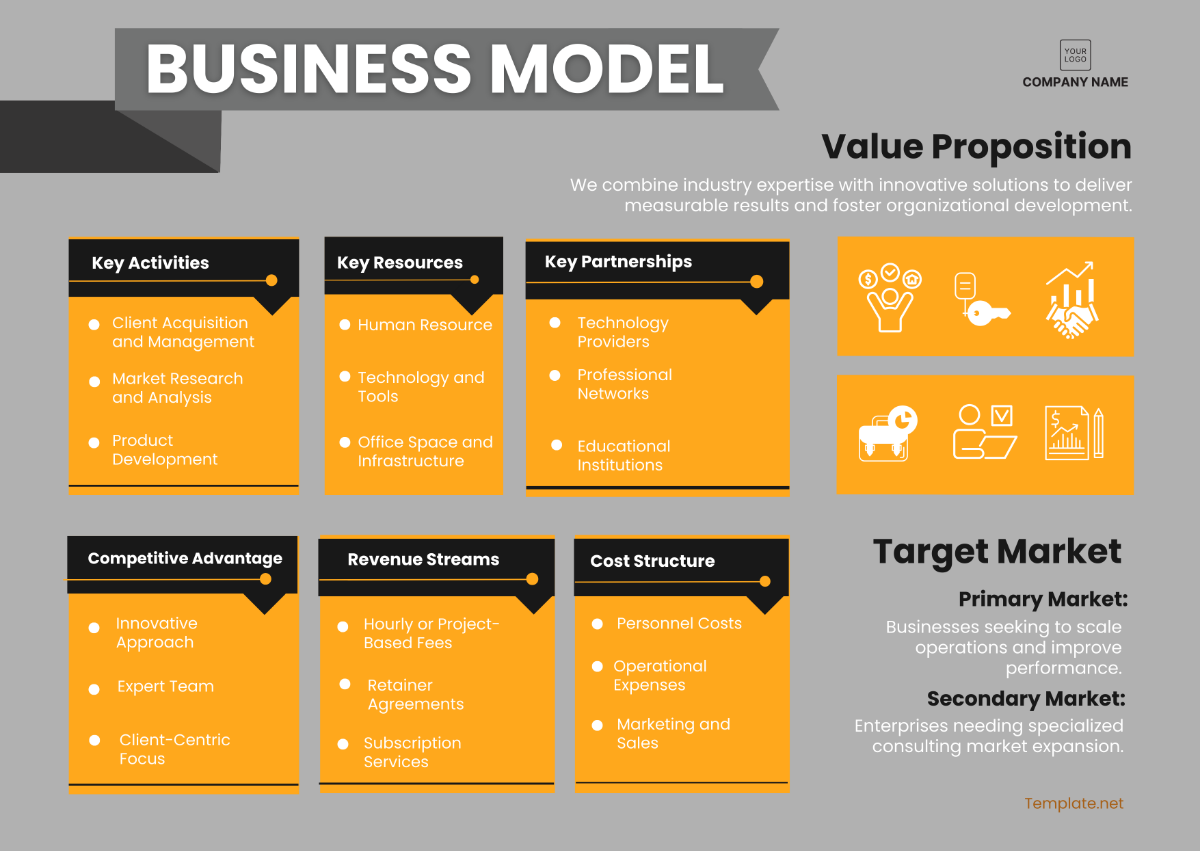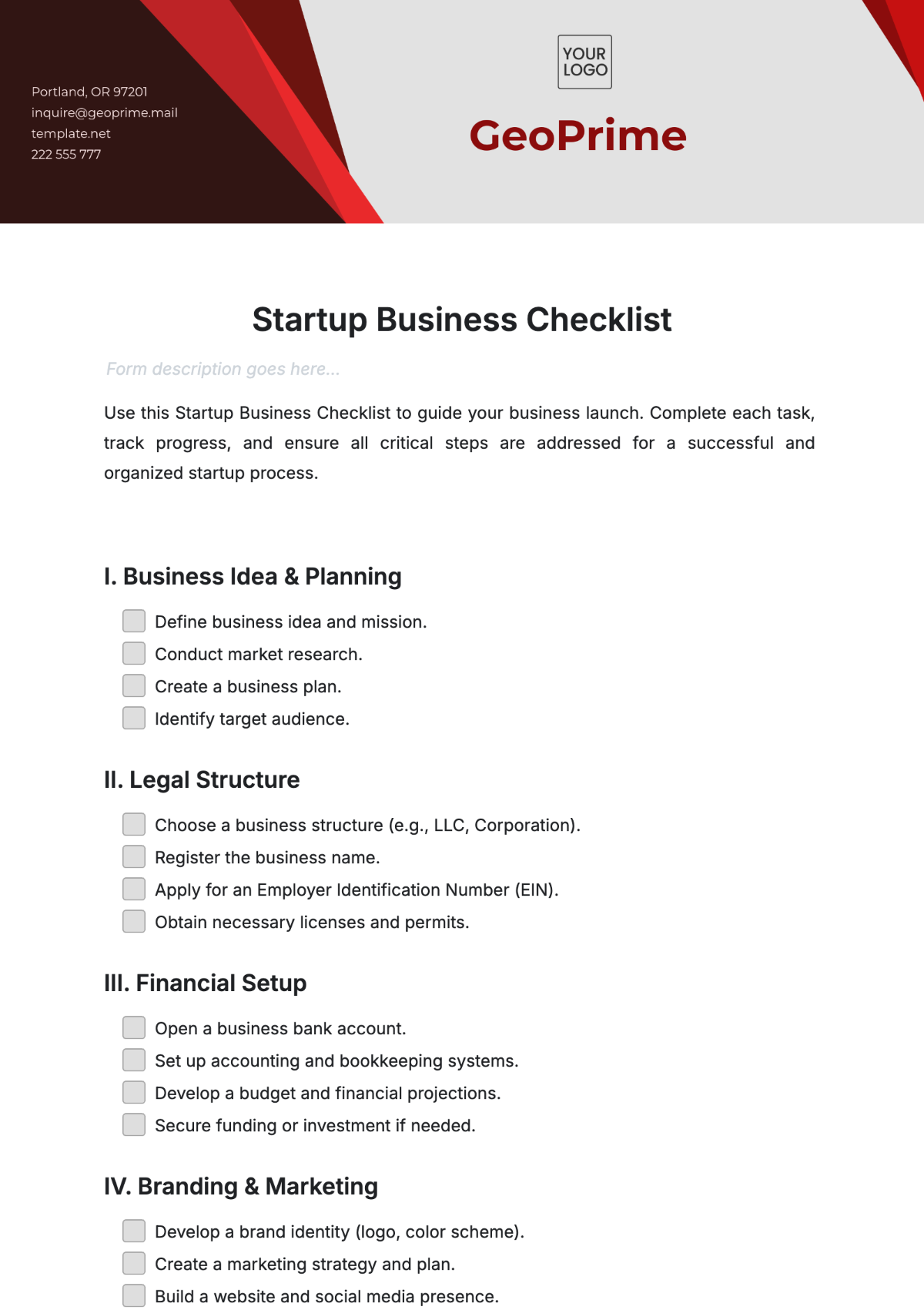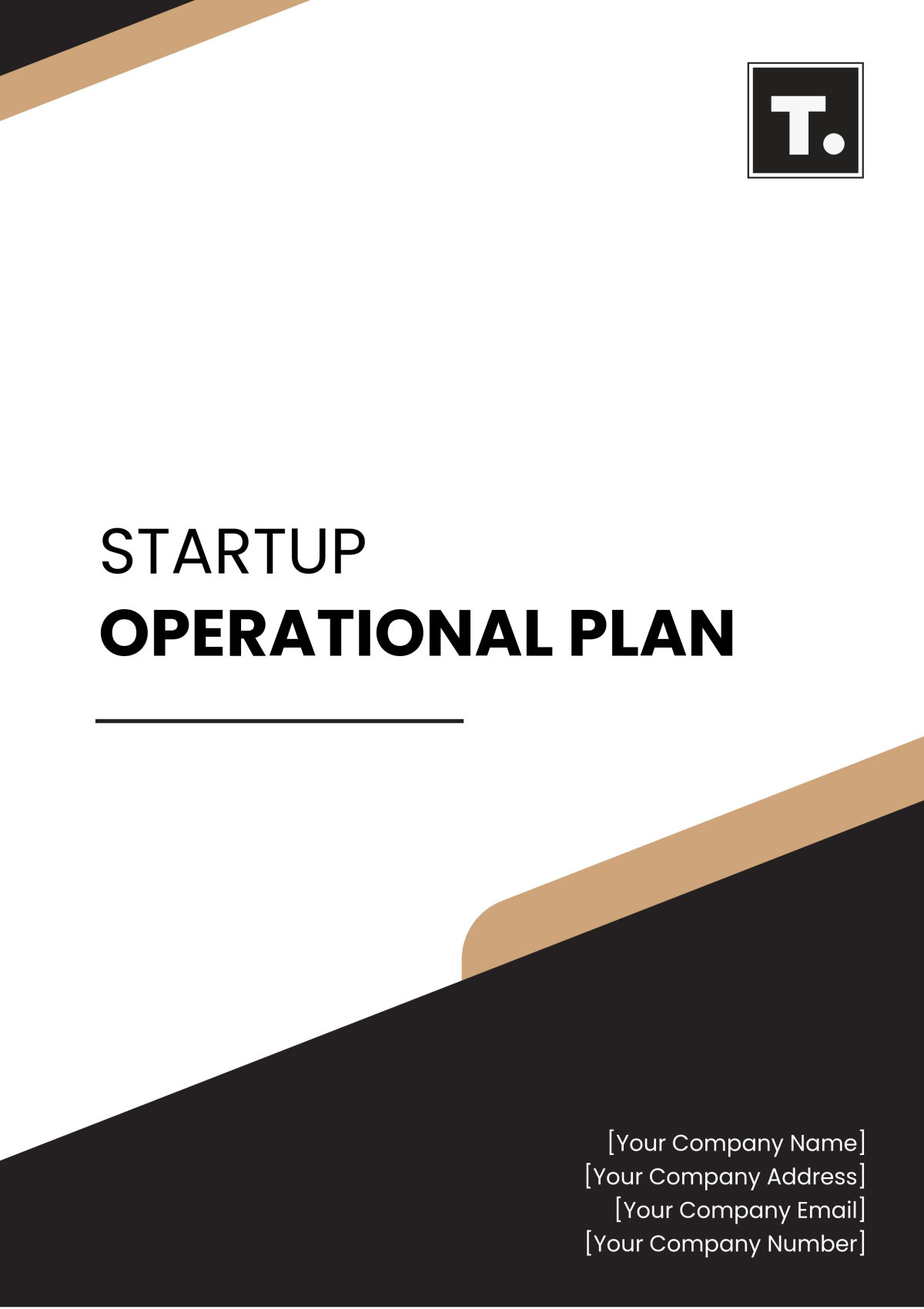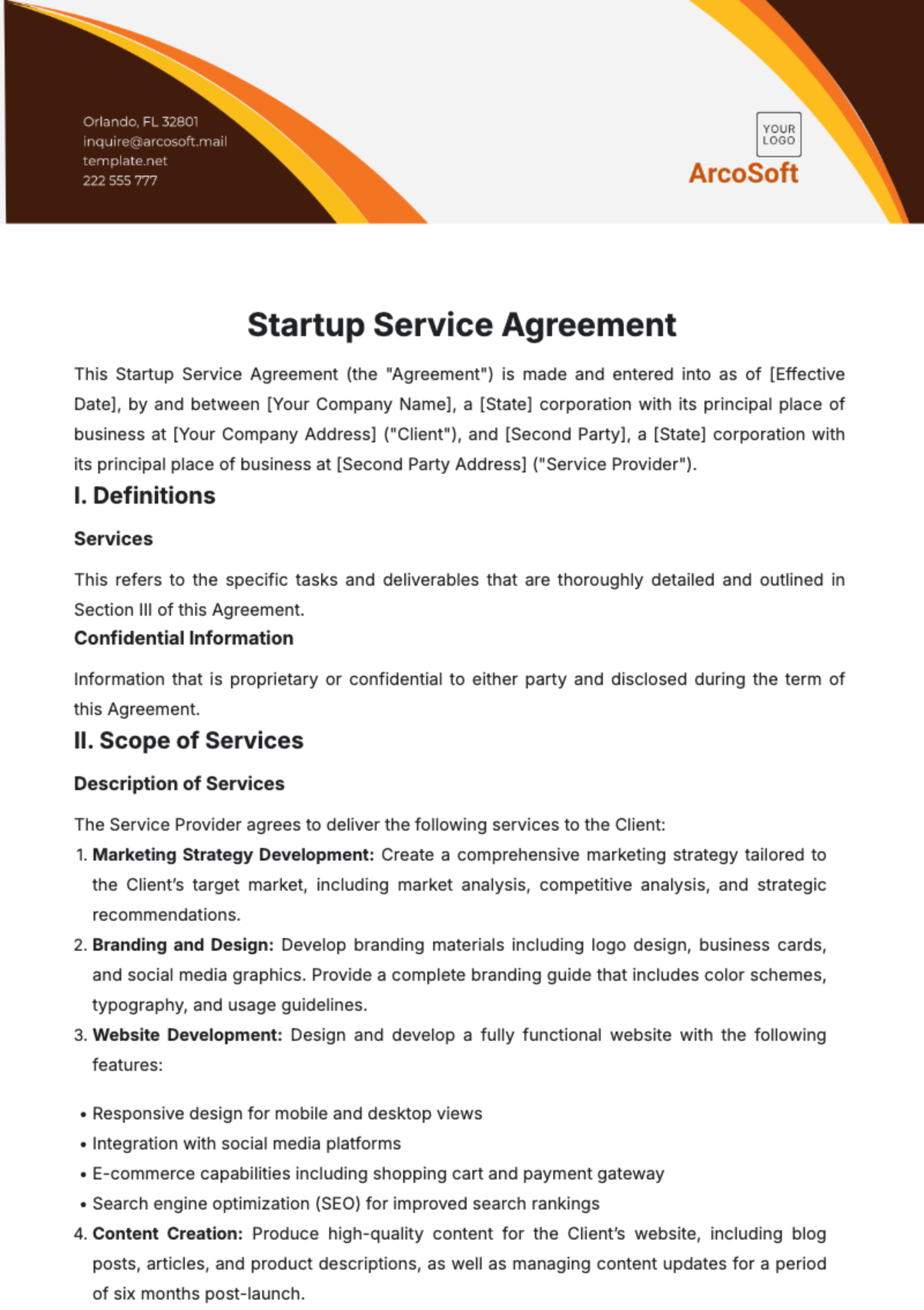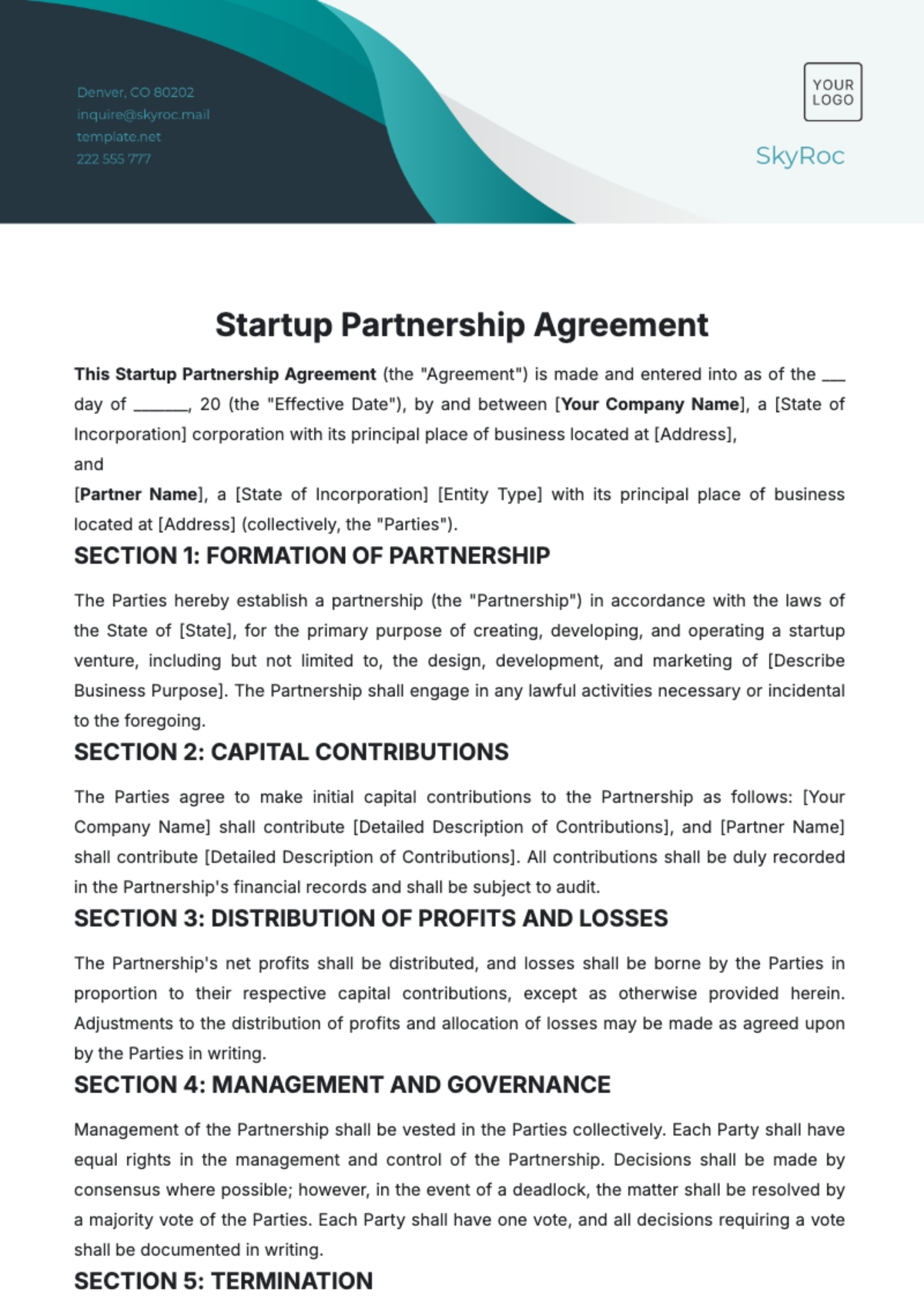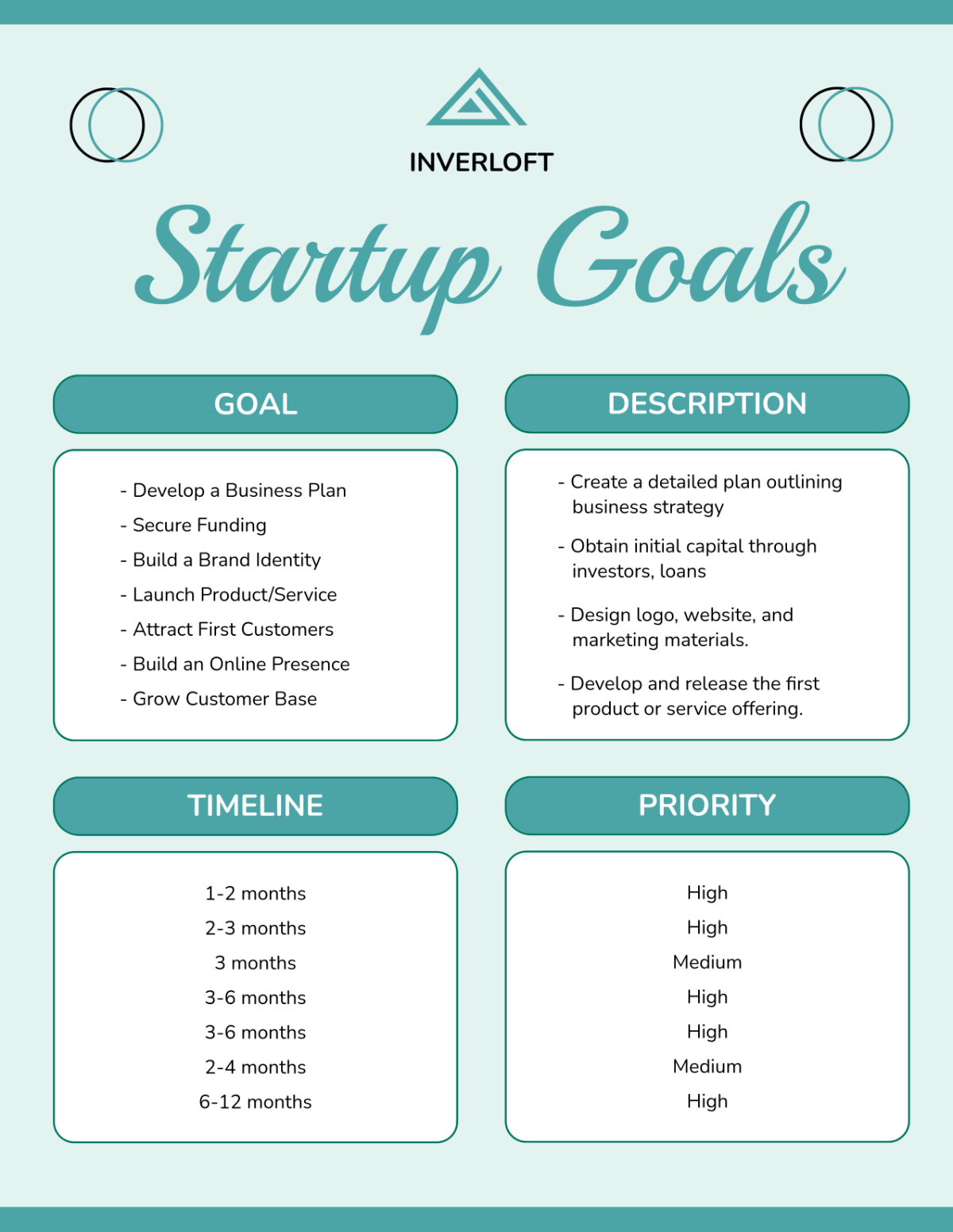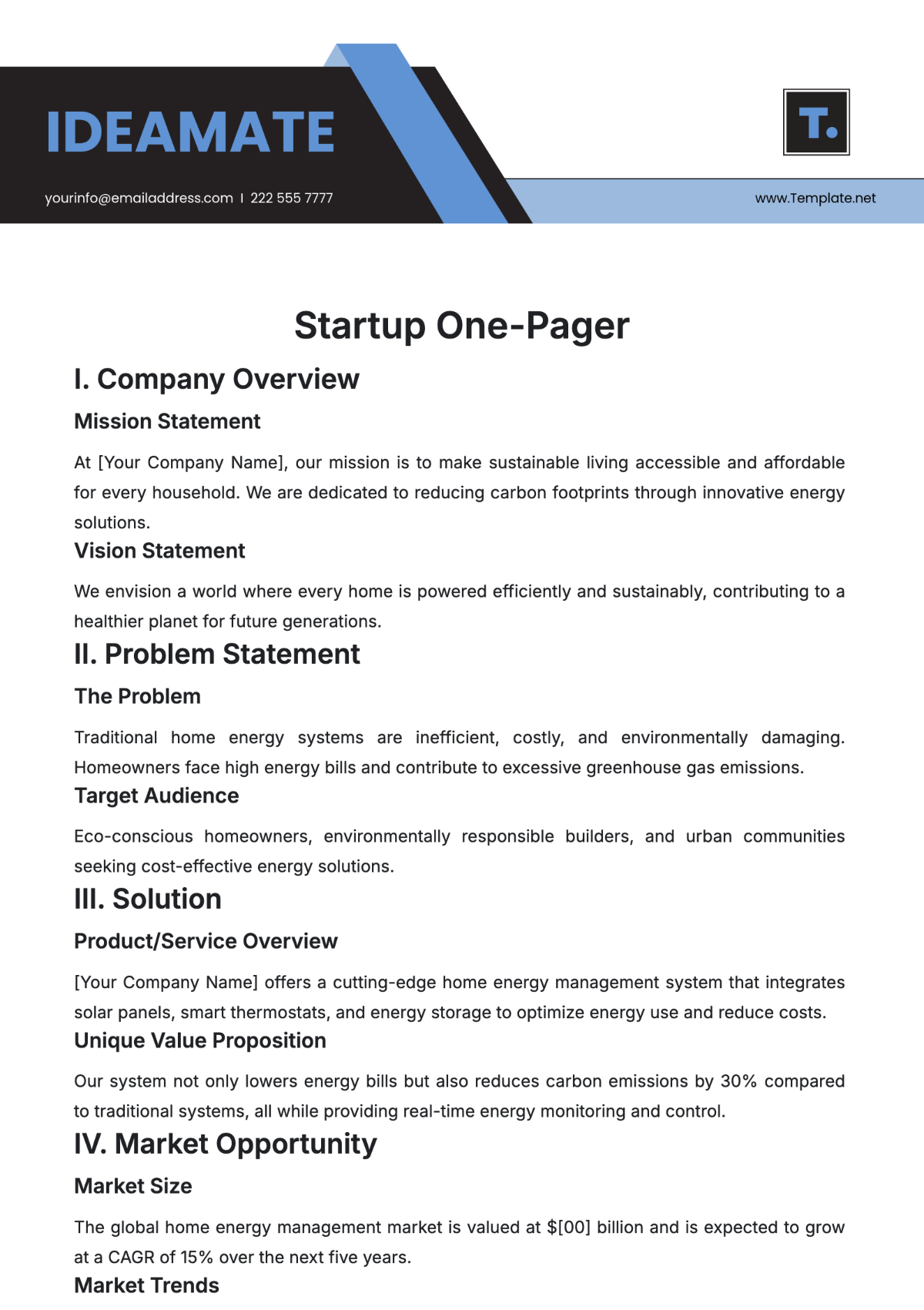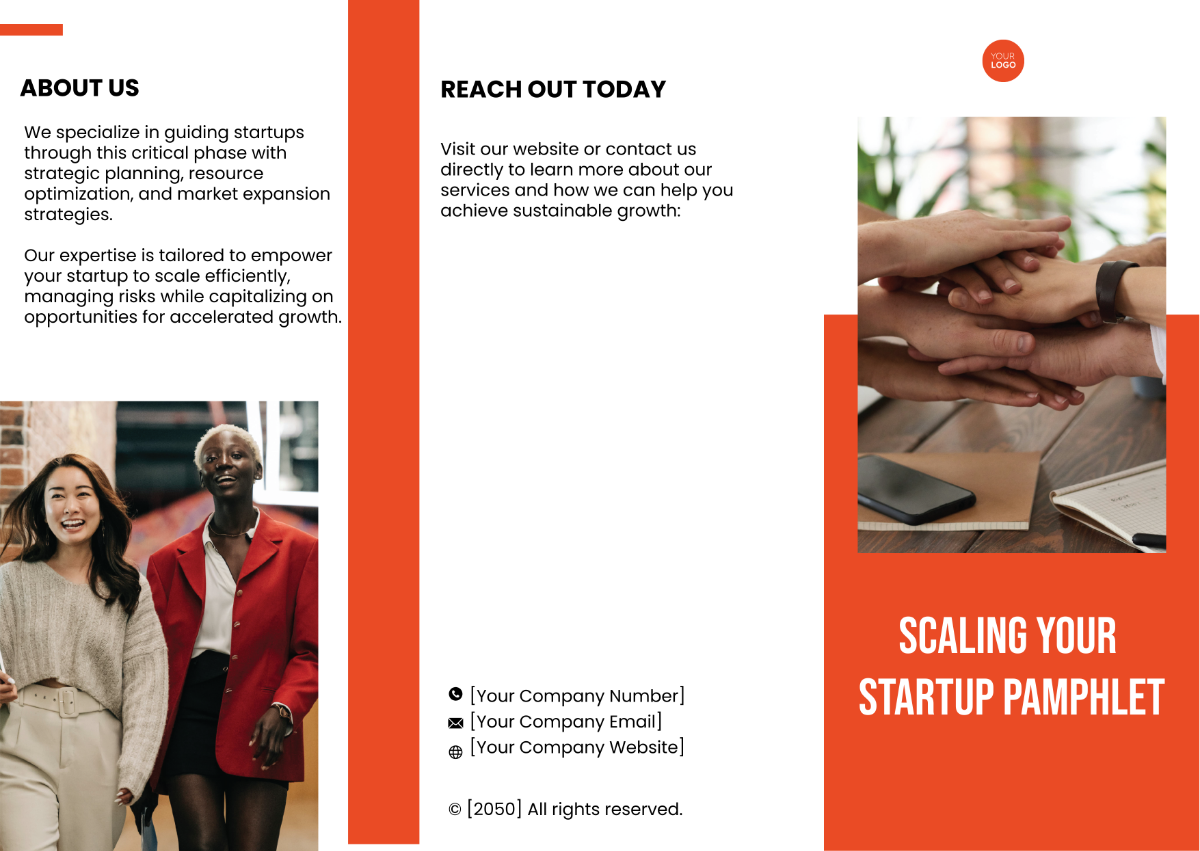Startup Project Management
I. Executive Summary
A. Project Overview
The [Your Company Name] is set to disrupt the personal finance industry with a cutting-edge mobile app designed to simplify budgeting and expense tracking for millennials. This project will involve designing, developing, and launching the app over a 12-month period. Our goal is to create a tool that combines intuitive user interfaces with powerful financial features to address a growing market need.
B. Objectives and Goals
Our primary objective is to deliver a fully functional app that meets the needs of young adults seeking to manage their finances effectively. We aim to secure 50,000 downloads within the first six months of launch and achieve a user rating of at least 4.5 stars. Additionally, we will seek $[00] in seed funding by the end of Q2 [Year] to support development and marketing efforts.
C. Key Deliverables
Key deliverables include the completed app, which will feature budgeting tools, expense tracking, and financial reporting capabilities. A comprehensive marketing strategy will be developed to drive user acquisition and engagement. Additionally, we will provide user training materials and ongoing support to ensure a smooth user experience post-launch.
D. Success Criteria
Success will be measured by the app's launch on time, meeting all specified features and functionality. Achieving or exceeding 50,000 downloads and maintaining a high user rating will be critical indicators of success. Positive user feedback and engagement metrics will also be used to gauge overall project impact and user satisfaction.
II. Project Scope
A. Project Background
[Your Company Name] was founded to fill a gap in the market for an easy-to-use personal finance app targeting millennials who prefer straightforward and efficient financial tools. Research has shown a significant demand for such a solution, driven by the need for better financial management among young adults. The project leverages this opportunity by creating a user-centric app designed to enhance financial literacy and management.
B. Scope Statement
The project encompasses the end-to-end development of a mobile app that includes core features such as budgeting tools, expense tracking, and comprehensive financial reports. It excludes any features related to financial advisory or integration with external financial institutions initially. The focus will be solely on developing the app for iOS and Android platforms.
C. Deliverables
Deliverables will include a fully functional mobile app with all planned features, a detailed marketing strategy and execution plan, and comprehensive user support materials. The app will undergo thorough testing phases to ensure reliability and user satisfaction. Marketing efforts will include digital campaigns and promotional events to maximize reach and impact.
D. Boundaries and Exclusions
The project will not include features such as personalized financial advice or integration with third-party financial services in its initial release. It will also exclude any development for platforms beyond iOS and Android, focusing solely on these two major operating systems. Any potential future enhancements or additional features will be considered post-launch based on user feedback and market demand.
III. Project Plan
A. Work Breakdown Structure (WBS)
The Work Breakdown Structure includes the high-level phases of the project: Project Management, Design, Development, Testing, and Launch. Each phase is broken down into detailed tasks such as UI/UX design, coding, and marketing preparation. This structured approach ensures all aspects of the project are covered and managed effectively.
B. Project Schedule
Milestones
Key milestones include the completion of the design phase by Month 2, development by Month 6, beta testing by Month 8, and the official launch by Month 12. Each milestone represents a critical point in the project that must be achieved to stay on track. Meeting these milestones will be essential for maintaining the overall project timeline.
Task Dependencies
Task dependencies outline the sequence in which tasks must be completed, such as the requirement for design completion before development can begin. Critical path tasks, such as development and testing, must be completed on schedule to avoid delays in the launch. Dependencies ensure that each phase of the project flows logically into the next.
Critical Path
The critical path includes essential tasks that directly impact the project’s completion date, such as design, development, and testing. Delays in any of these tasks will affect the overall timeline and potentially the launch date. Managing these tasks effectively is crucial for ensuring timely project delivery.
C. Resource Allocation
Personnel
Key personnel include the Project Manager, who oversees the entire project, the Lead Developer responsible for technical implementation, and the UX/UI Designer who ensures the app’s usability. The Marketing Specialist will drive user acquisition and brand awareness. Effective allocation and management of these roles are crucial for project success.
Budget
The budget plan includes allocations for development ($[00]), marketing ($[00]), design ($[00]), and miscellaneous expenses ($[00]). Careful budget management will ensure resources are used efficiently and financial goals are met. Regular budget reviews will help track spending and identify any potential issues.
Equipment and Materials
Required equipment includes software licenses for development and design tools, as well as marketing platforms for promotional activities. Materials such as design prototypes and development documentation are essential for project execution. Ensuring availability and proper use of these resources will support project goals.
D. Risk Management Plan
Risk Identification
Identified risks include potential delays in development due to technical challenges, budget overruns, and low user engagement post-launch. Each risk has been evaluated for its potential impact on the project. Understanding these risks helps in developing appropriate mitigation strategies.
Risk Assessment
Technical delays are assessed as high risk with moderate impact, while budget overruns are a moderate risk with high impact. Low user engagement is also a moderate risk but with high impact on the project's success. These assessments help prioritize risk management efforts.
Risk Mitigation Strategies
Mitigation strategies include implementing regular progress reviews and agile sprints to address technical delays. Maintaining a contingency budget will help manage unexpected costs. Developing a comprehensive marketing strategy and engaging with users early will address the risk of low engagement.
IV. Team Organization
A. Team Structure
The project team structure includes the Project Manager, Development Team, Design Team, and Marketing Team. Each team is responsible for specific aspects of the project, ensuring a clear division of responsibilities. This structure facilitates effective coordination and communication across the project.
B. Roles and Responsibilities
The Project Manager will handle overall project coordination, timeline management, and resource allocation. The Lead Developer will oversee coding and technical challenges, while the UX/UI Designer will focus on user experience and design. The Marketing Specialist will execute promotional strategies and monitor engagement.
C. Communication Plan
Communication will occur through weekly team meetings to review progress and address issues. Bi-weekly reports will be provided to stakeholders to keep them informed of key developments. Monthly reviews will assess overall project health and ensure alignment with goals.
D. Stakeholder Engagement
Internal Stakeholders
Internal stakeholders include the founders, development team, and design team, who are directly involved in project execution and decision-making. Regular updates and feedback sessions will ensure their needs and expectations are met. Active engagement will foster collaboration and support.
External Stakeholders
External stakeholders include investors, potential users, and marketing partners. Engagement strategies will involve regular updates, demonstrations, and feedback opportunities. Building strong relationships with these stakeholders will support project success and growth.
V. Project Execution
A. Task Execution Procedures
Tasks will be executed following Agile methodology, with bi-weekly sprints to manage development and adapt to changes. Each task will be tracked using project management tools to ensure timely completion. Regular reviews will help identify and resolve any issues promptly.
B. Quality Assurance
Quality assurance will involve rigorous testing phases, including unit testing, integration testing, and user acceptance testing (UAT). Feedback from testing will be used to make necessary improvements before the final release. Ensuring high-quality standards will be critical for user satisfaction and app performance.
C. Change Management Process
The change management process will require submission of formal change requests to the Project Manager, who will evaluate the impact on the project. Approved changes will be integrated into the project plan with updated schedules and resources. This process ensures that changes are managed systematically and do not disrupt project progress.
D. Progress Tracking and Reporting
Progress will be tracked using Gantt charts and project management software, providing visibility into task completion and overall project status. Weekly updates will be shared with the team, while monthly progress reports will be provided to stakeholders. Tracking and reporting will ensure transparency and facilitate timely decision-making.
VI. Financial Management
A. Budget Plan
The budget plan outlines the allocation of funds across various project components, ensuring that resources are available for each critical area. The overall budget is $[00], divided among development, marketing, design, and miscellaneous expenses. A detailed breakdown is as follows:
Category | Amount ($) |
|---|---|
Development | $[00] |
Marketing | |
Design | |
Miscellaneous | |
Total |
B. Cost Tracking
Costs will be tracked through a detailed expense report that records actual spending against the budgeted amounts. Regular financial reviews will be conducted to ensure expenditures align with the planned budget. Any deviations will be analyzed, and corrective actions will be taken to stay within budget.
C. Financial Risks
Potential financial risks include funding shortfalls, unexpected expenses, and cash flow issues. These risks could impact the project's ability to meet its financial goals or complete development on time. Strategies to mitigate these risks include securing additional funding sources and maintaining a contingency reserve.
D. Funding Requirements
Initial funding requirements include $[00] in seed capital to cover development, marketing, and operational costs. Additional funding may be sought in subsequent rounds based on project milestones and growth needs. A detailed funding plan will be prepared to attract investors and secure necessary capital.
VII. Legal and Compliance
A. Regulatory Requirements
The project must comply with relevant data protection laws, such as GDPR for users in the European Union and CCPA for users in California. Compliance with app store regulations and software licensing agreements is also required. Legal consultations will ensure adherence to all applicable laws and standards.
B. Contracts and Agreements
Contracts will be established with external vendors for development services, marketing, and design work. These agreements will outline terms, deliverables, and payment schedules. Additionally, licensing agreements for any third-party tools or software used will be secured.
C. Intellectual Property
The app’s name, logo, and any proprietary technology will be protected through trademarks and patents. Intellectual property rights will be secured to prevent unauthorized use and ensure ownership. Legal measures will be taken to protect and enforce these rights.
D. Data Protection and Privacy
The app will implement data encryption and secure storage practices to protect user information. A comprehensive privacy policy will be developed to inform users about data collection, use, and sharing. Compliance with privacy regulations will be ensured to build user trust and avoid legal issues.
VIII. Marketing and Launch Plan
A. Market Analysis
Market analysis will identify target demographics, including millennials aged 18-34 who are tech-savvy and seek financial management solutions. Competitor analysis will evaluate existing apps to determine unique selling points and market gaps. Insights from this analysis will guide the marketing strategy and app features.
B. Marketing Strategy
The marketing strategy will focus on digital channels, including social media, influencer partnerships, and content marketing. Campaigns will be designed to create buzz and drive early adoption. A detailed plan will outline promotional tactics, budget allocation, and performance metrics.
C. Launch Strategy
The launch strategy includes a coordinated release across app stores, a launch event to generate media coverage, and a series of promotional activities to boost initial downloads. A phased rollout may be used to manage server load and gather early user feedback. Post-launch support will be provided to address any issues and enhance user experience.
D. Post-Launch Evaluation
Post-launch evaluation will involve collecting user feedback through surveys, app reviews, and analytics. Performance metrics such as download numbers, user engagement, and retention rates will be analyzed to assess the app’s success. Based on the evaluation, adjustments to marketing strategies and app features will be made to optimize performance.
IX. Conclusion and Next Steps
A. Summary of Key Points
The project aims to develop and launch a user-friendly personal finance app for millennials, with key deliverables including the app itself, a marketing plan, and user support materials. The project will follow a structured plan with defined milestones, resource allocation, and risk management strategies. Success will be measured by achieving launch goals, user engagement, and financial targets.
B. Next Steps
Immediate next steps include finalizing the design and development schedules, beginning the marketing preparations, and securing the required funding. Team members will focus on executing their respective tasks and maintaining communication. A detailed timeline will be established to guide these activities and ensure project alignment.
C. Follow-up Actions
Follow-up actions will involve scheduling regular team meetings to review progress, addressing any issues promptly, and preparing for the launch event. Post-launch plans will be developed to gather feedback, make necessary improvements, and evaluate overall project success. Continuous monitoring and adjustment will be essential for long-term success.
